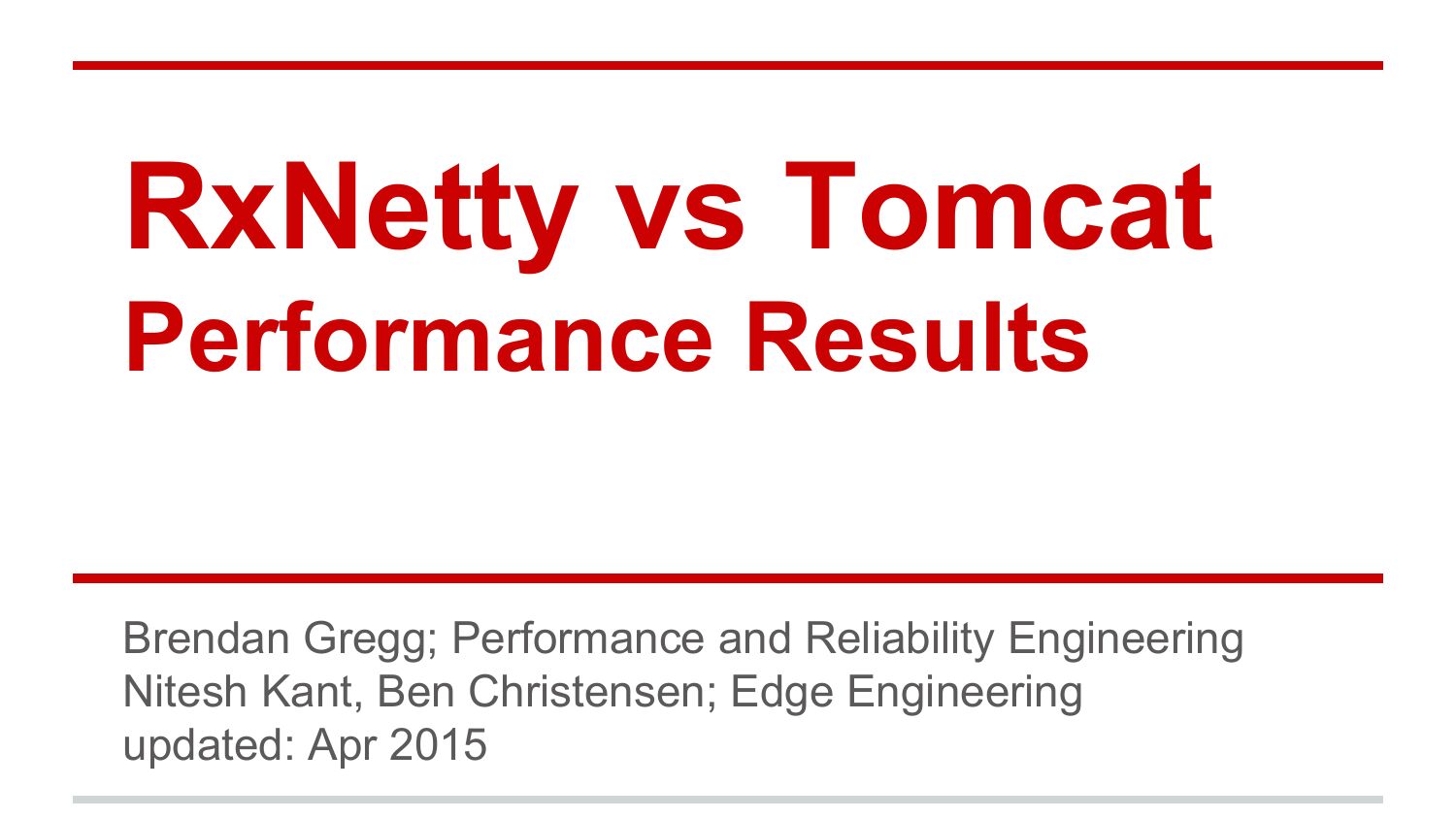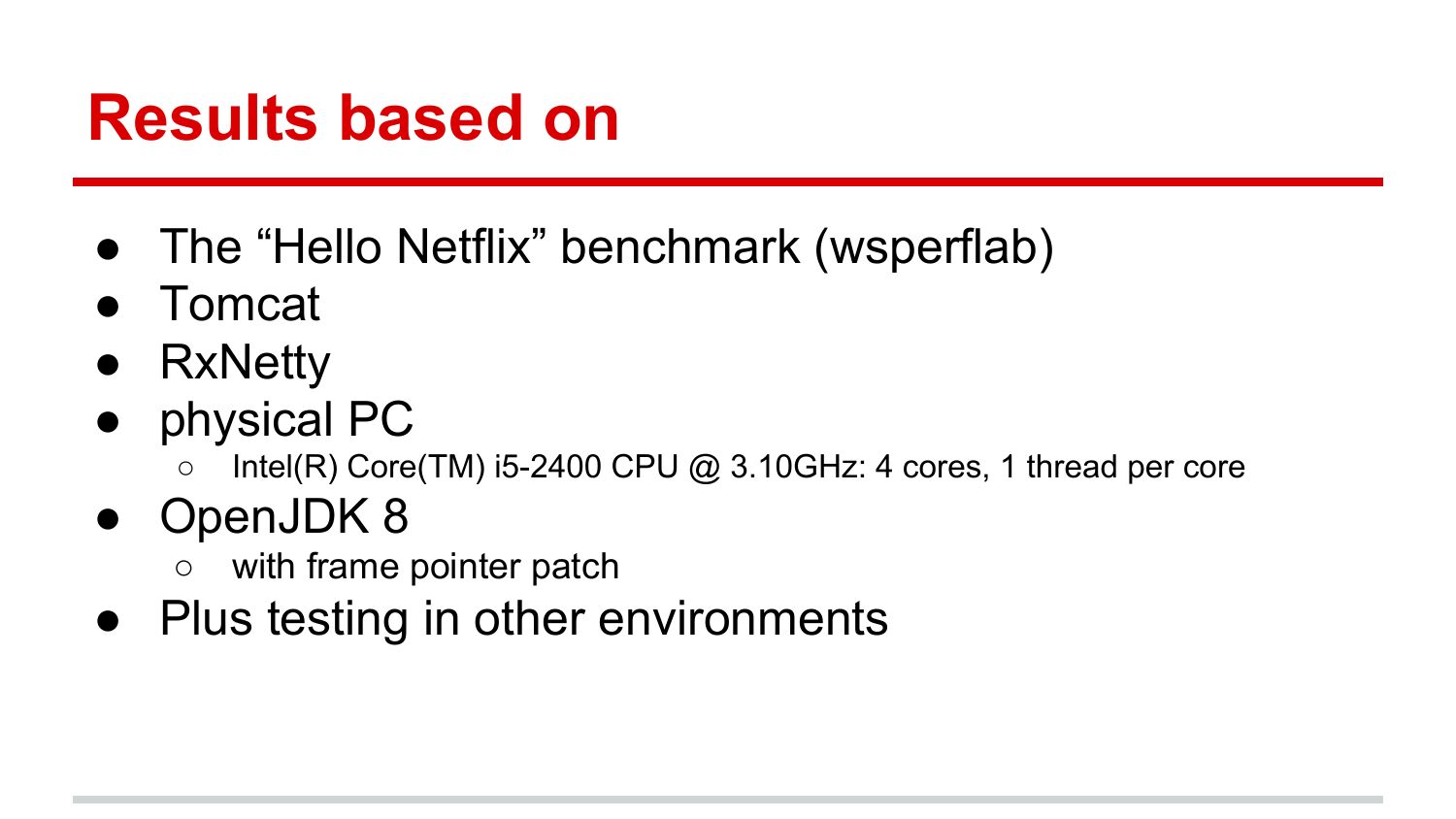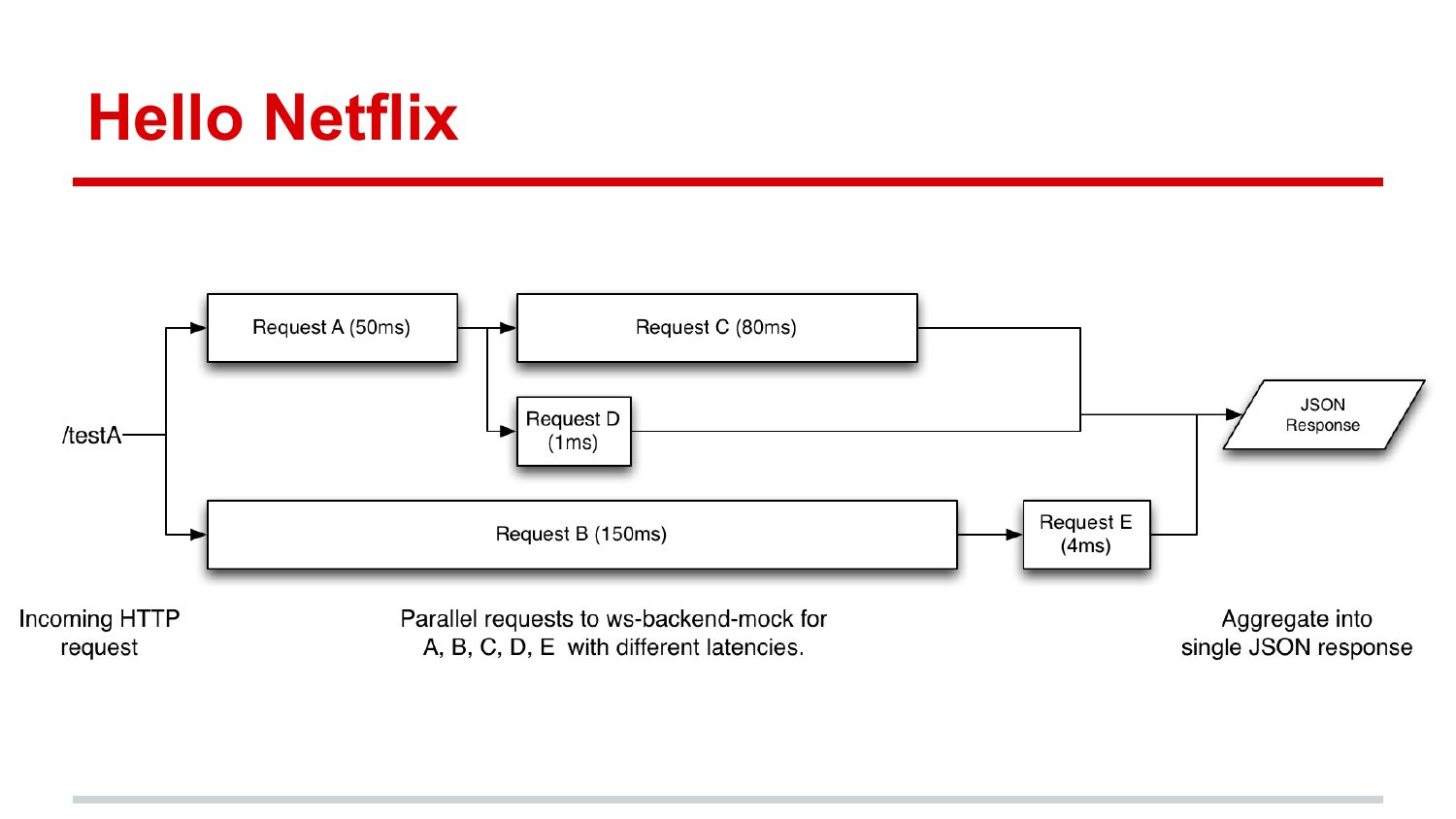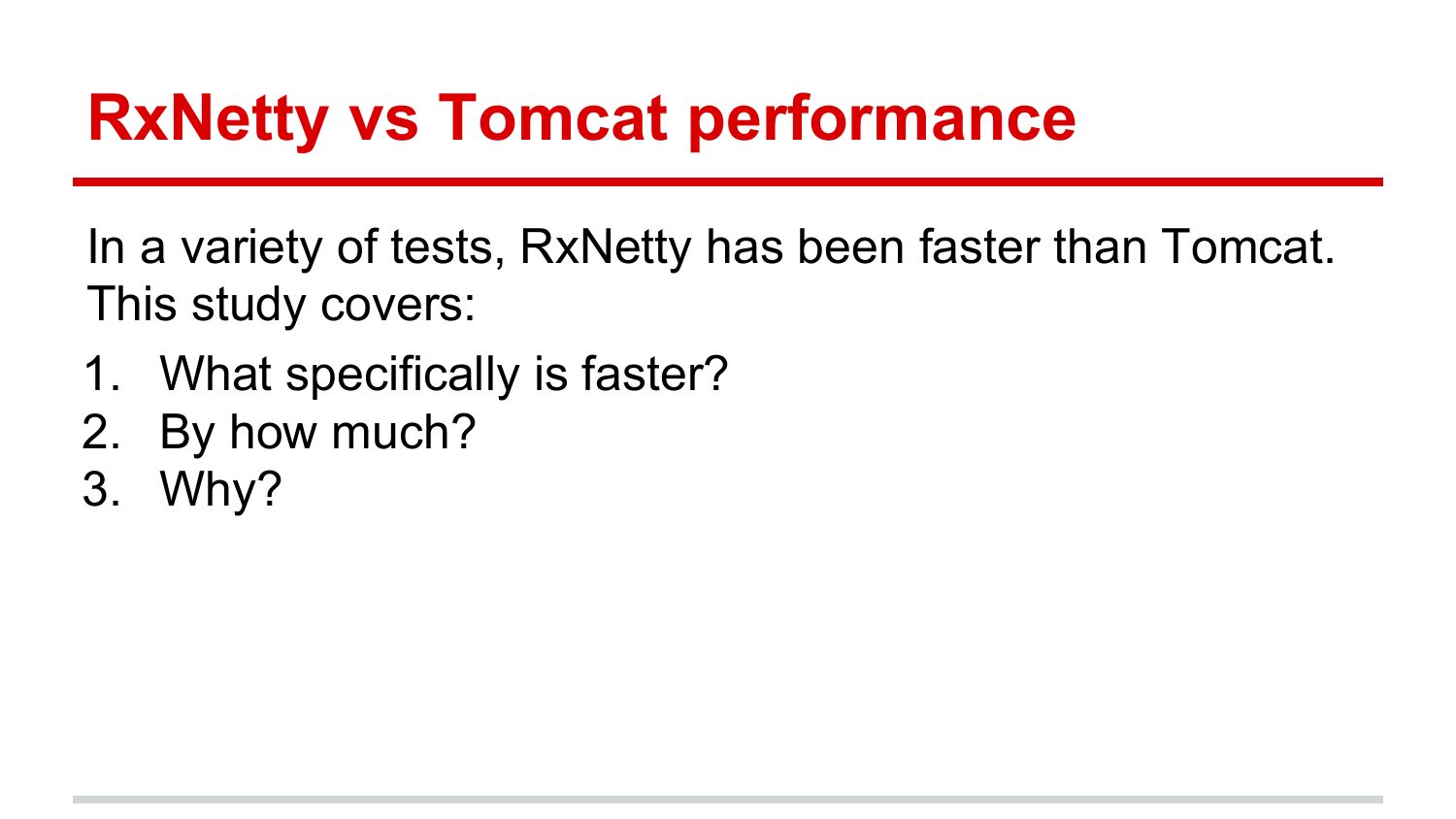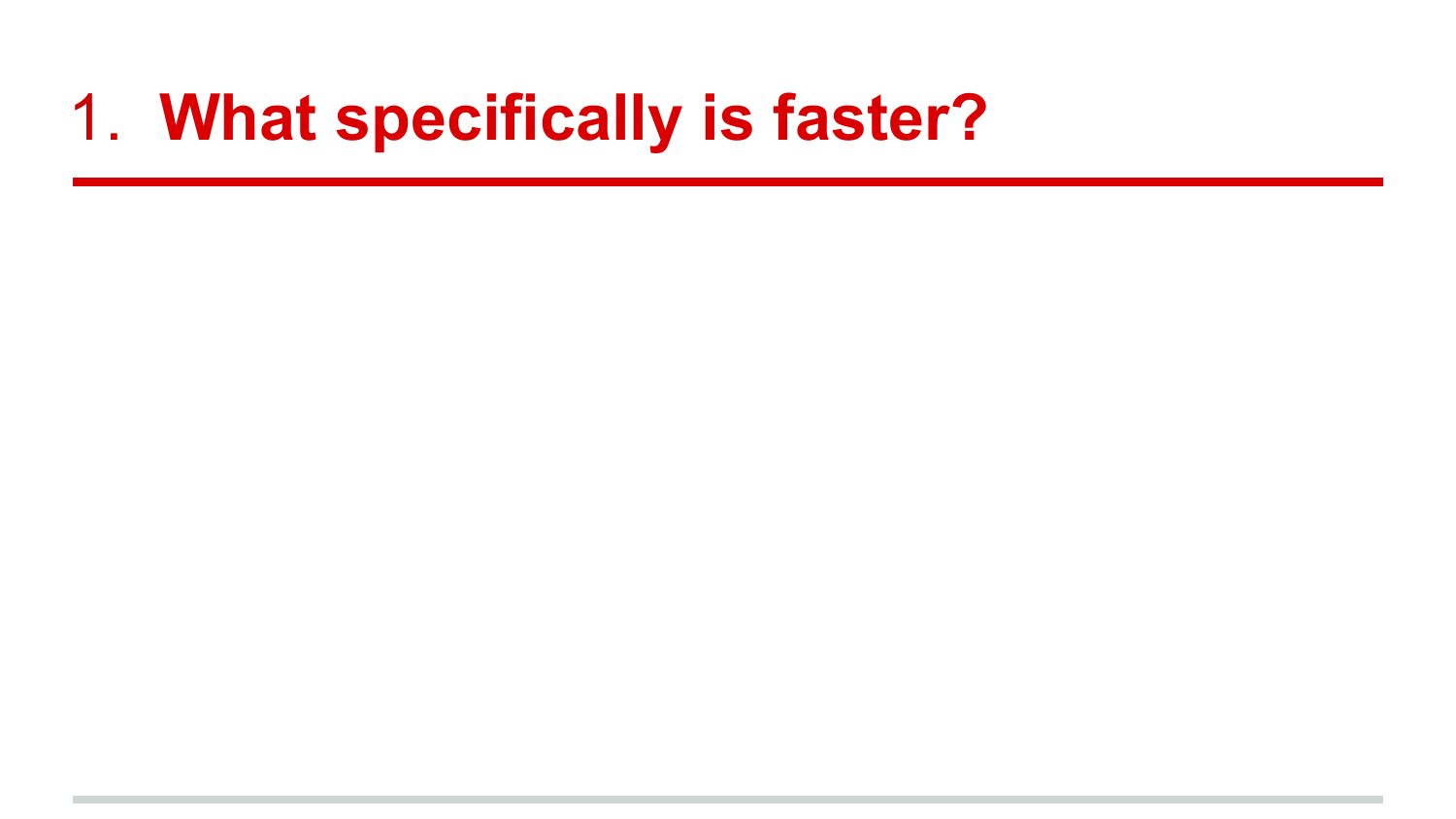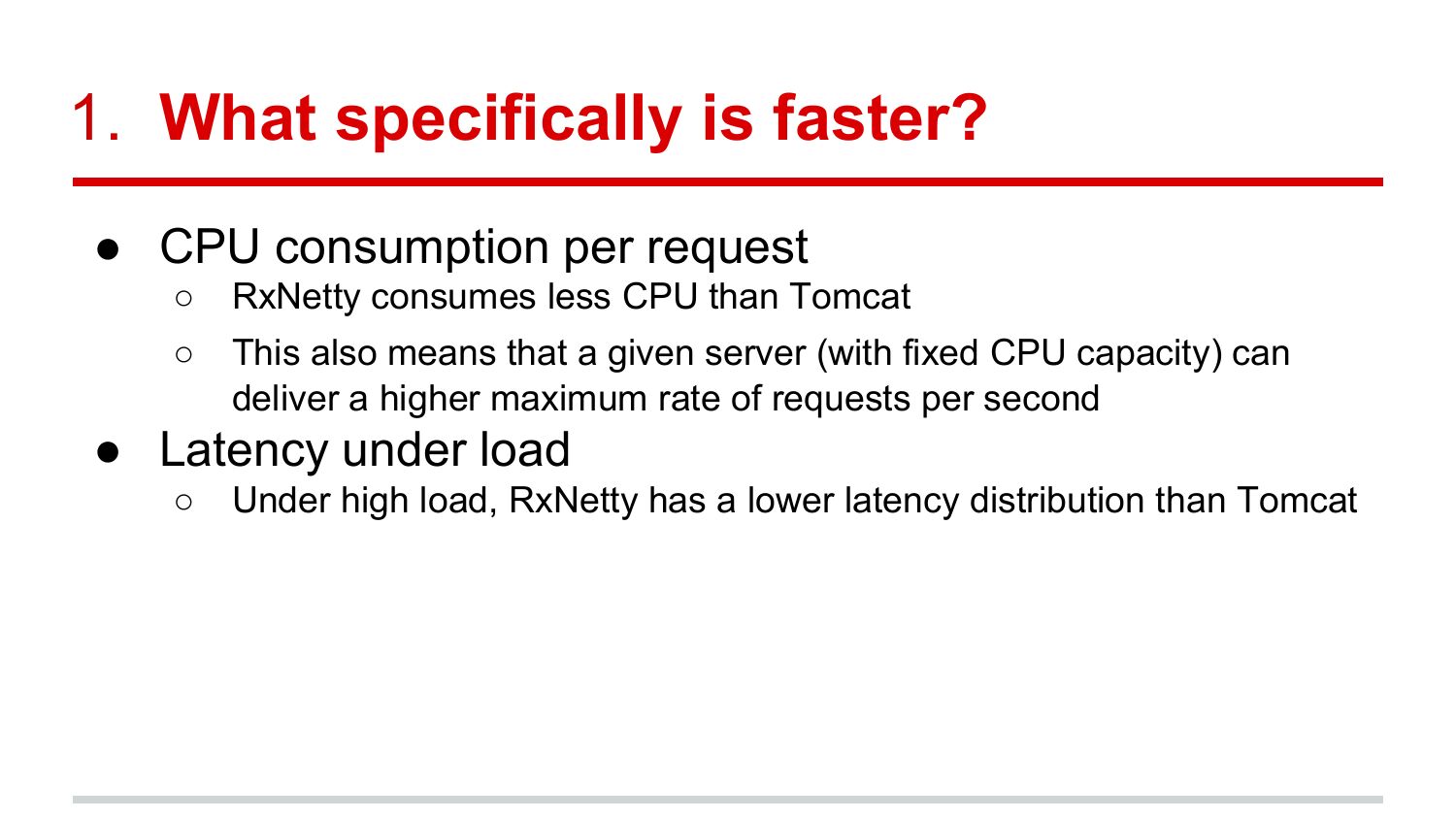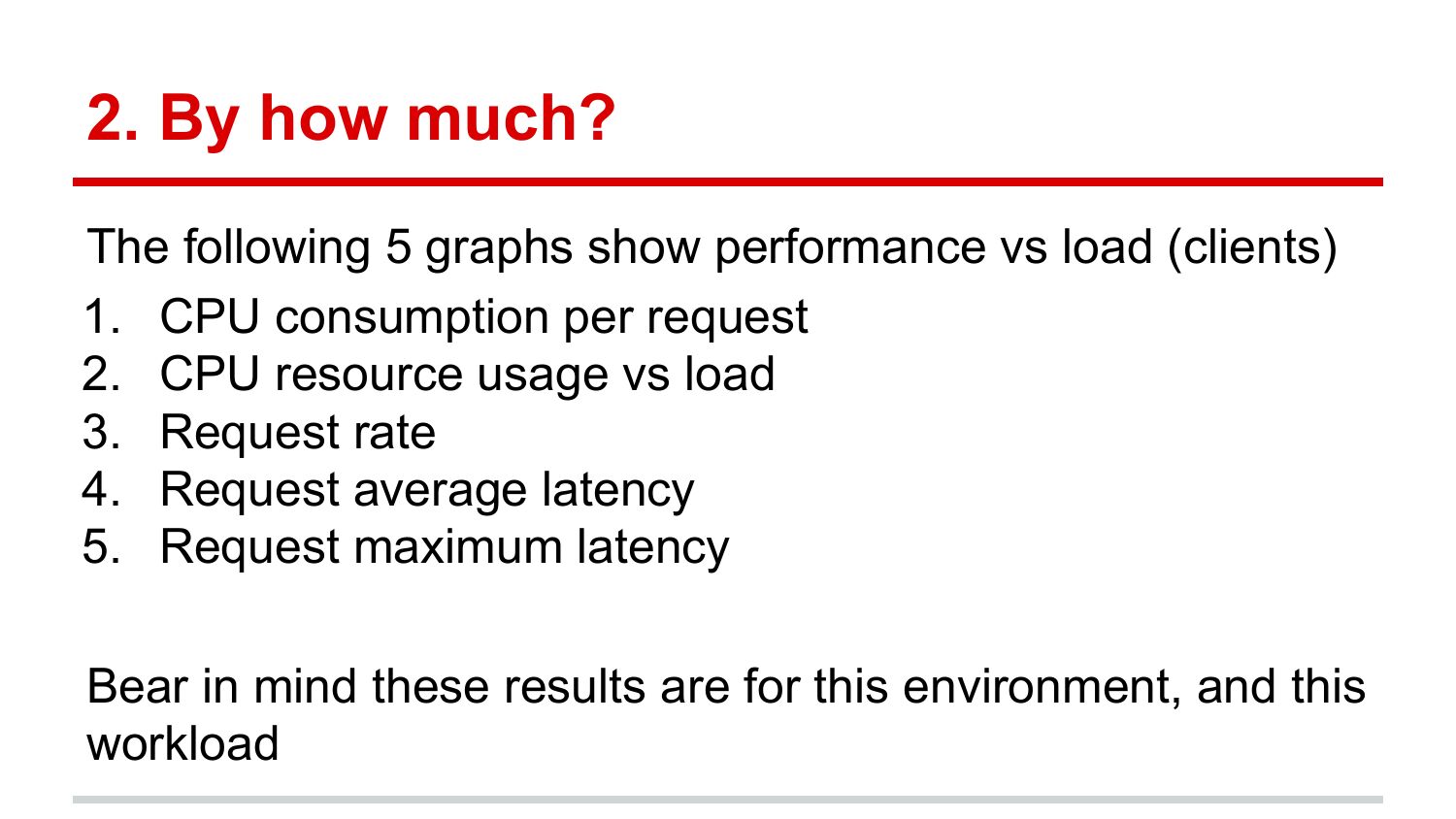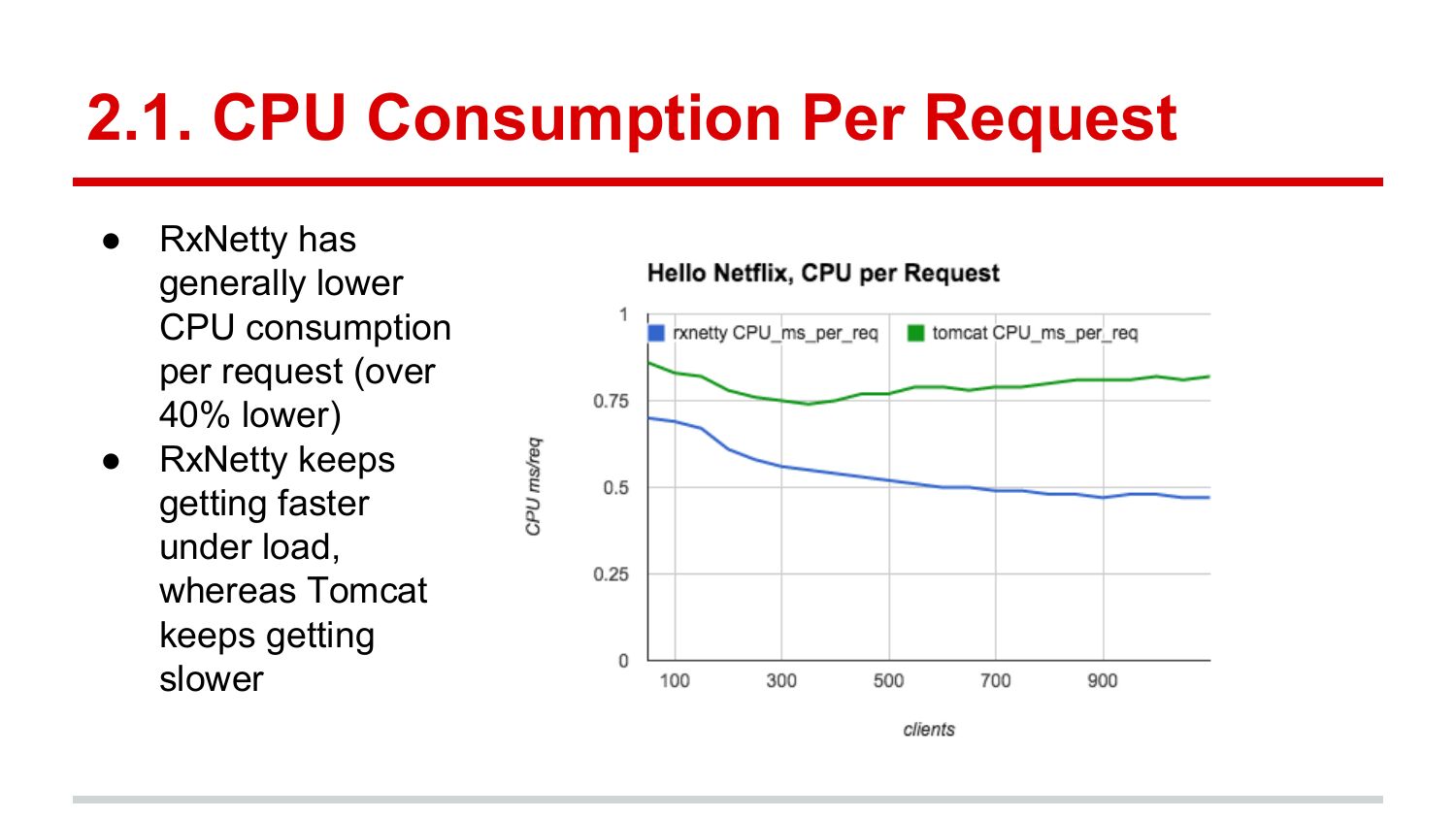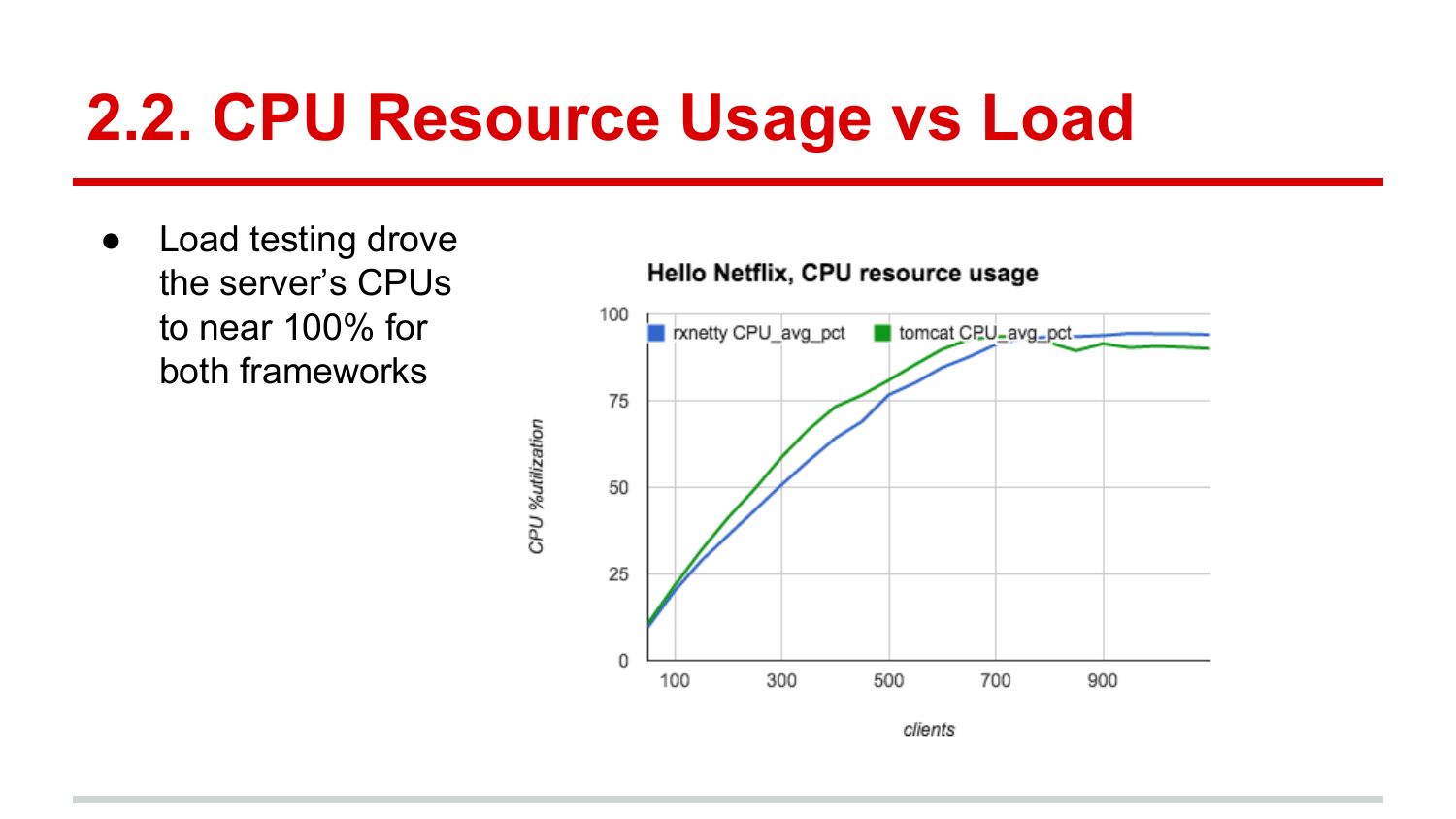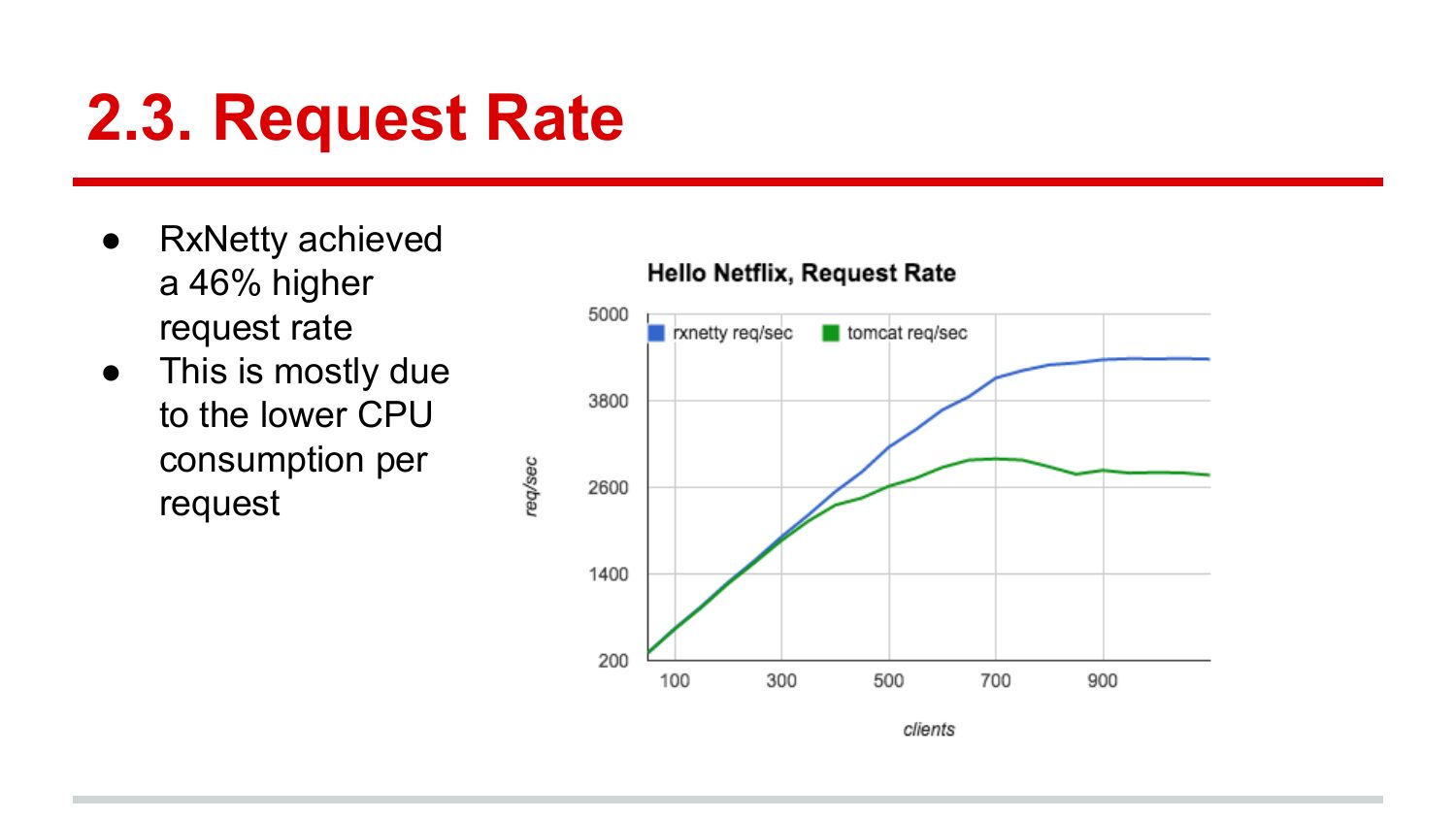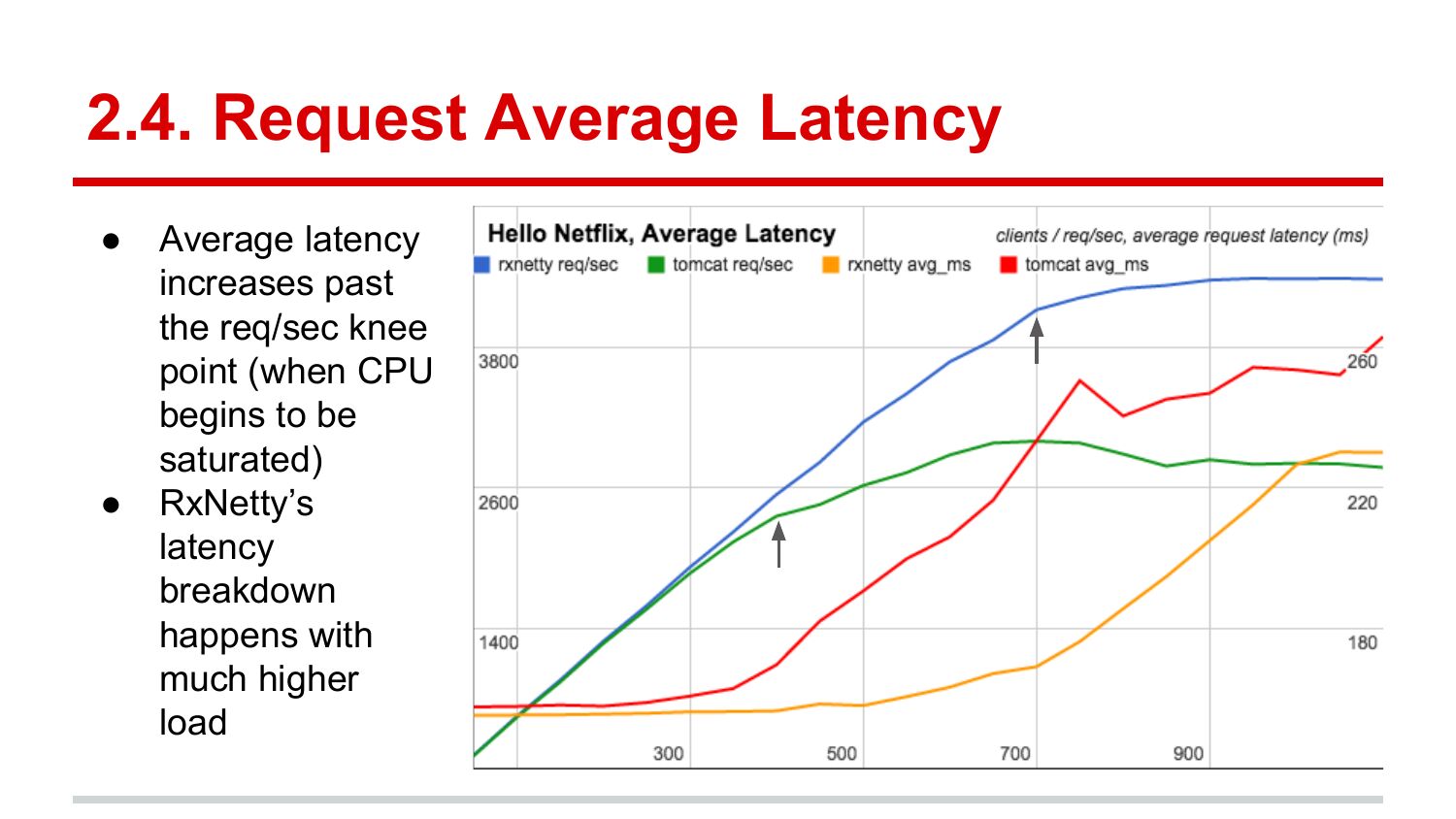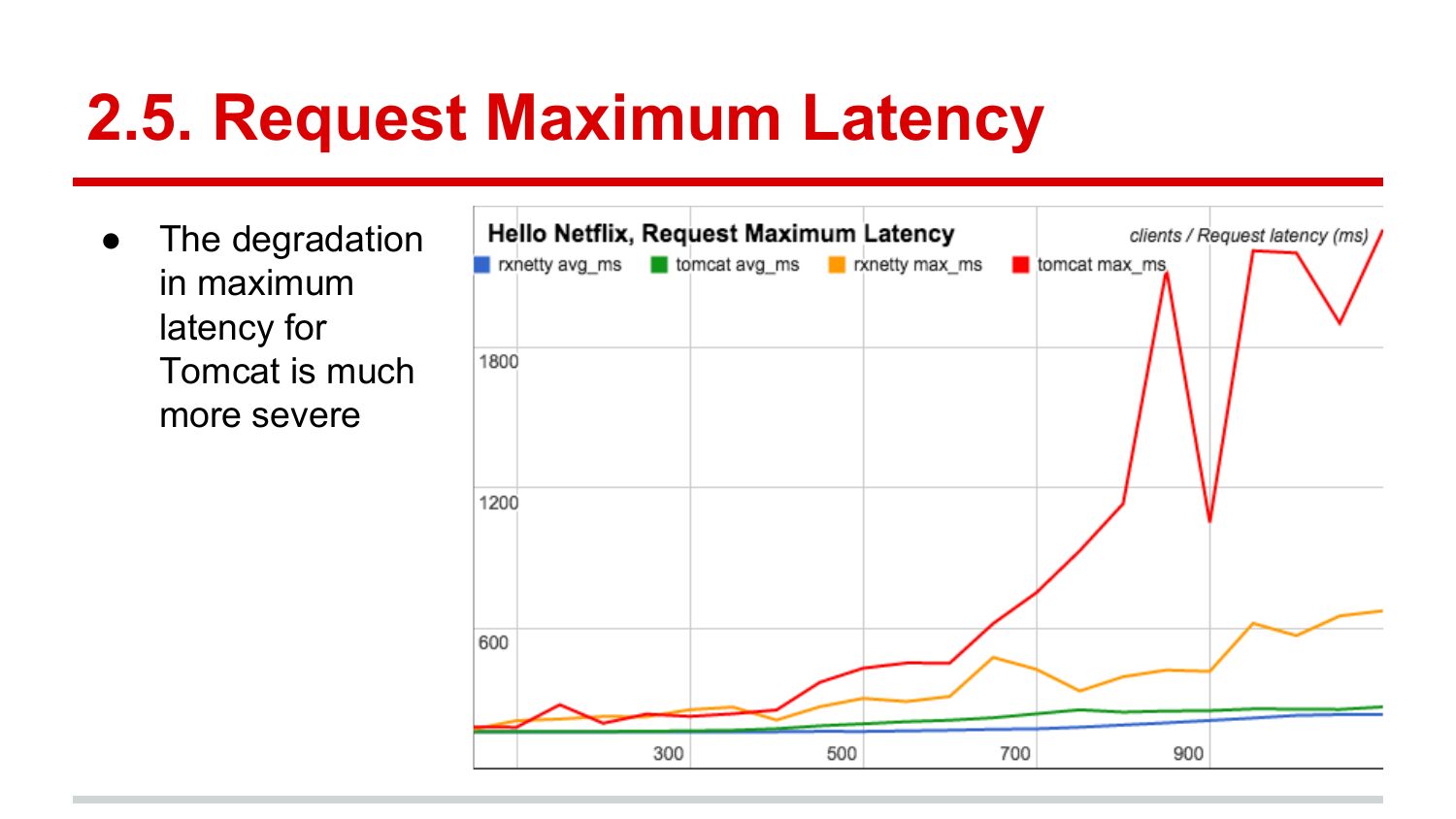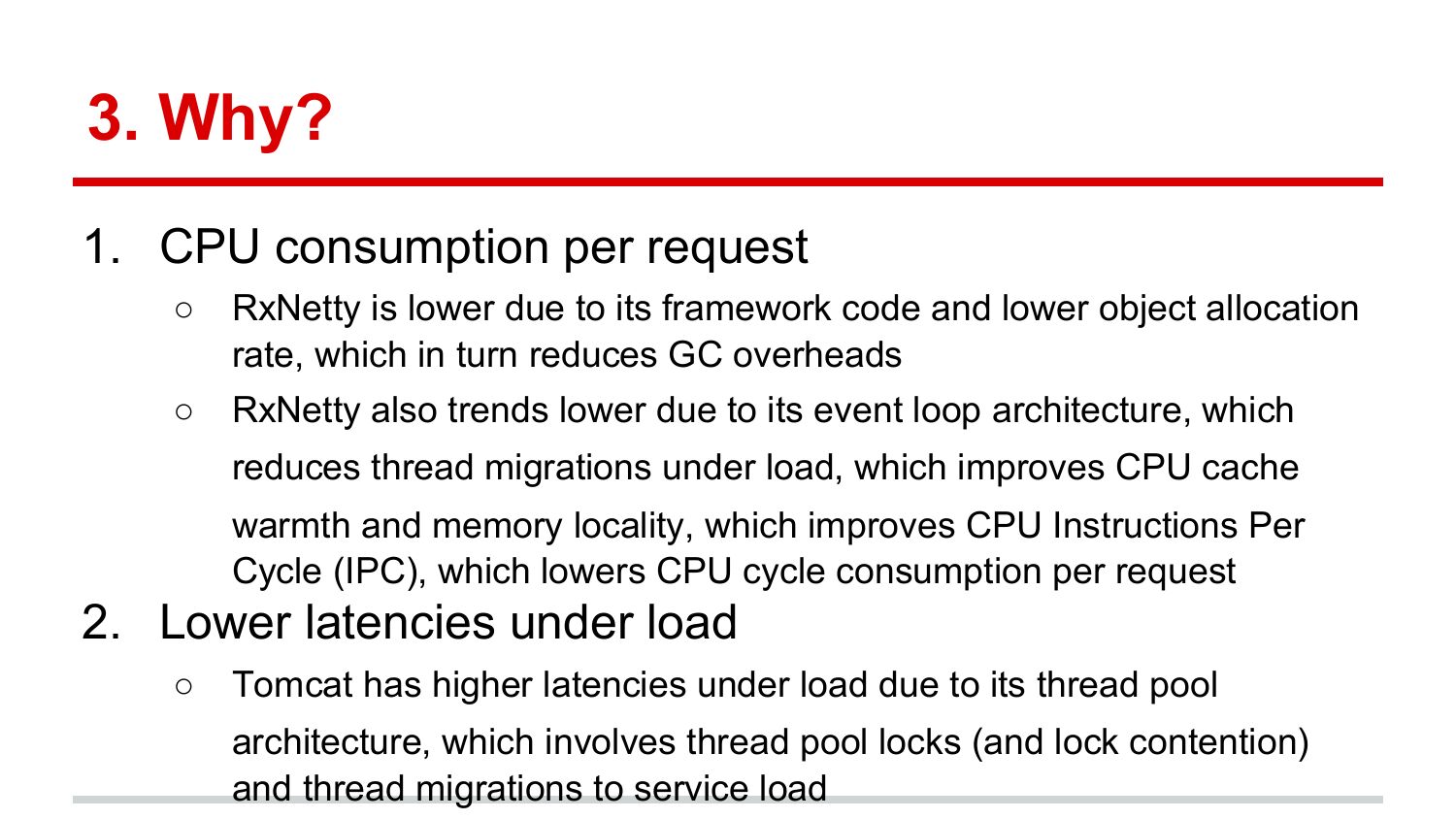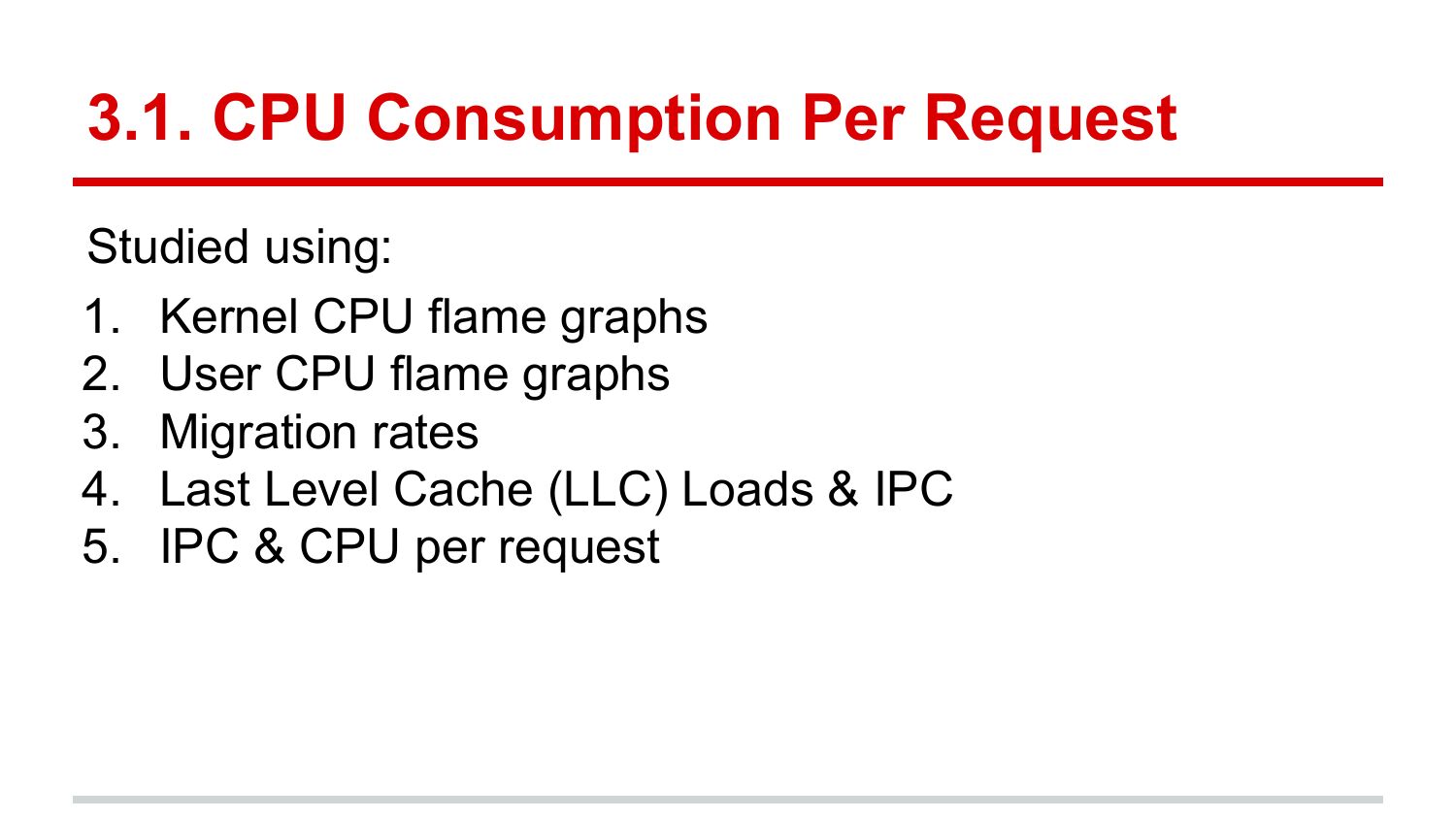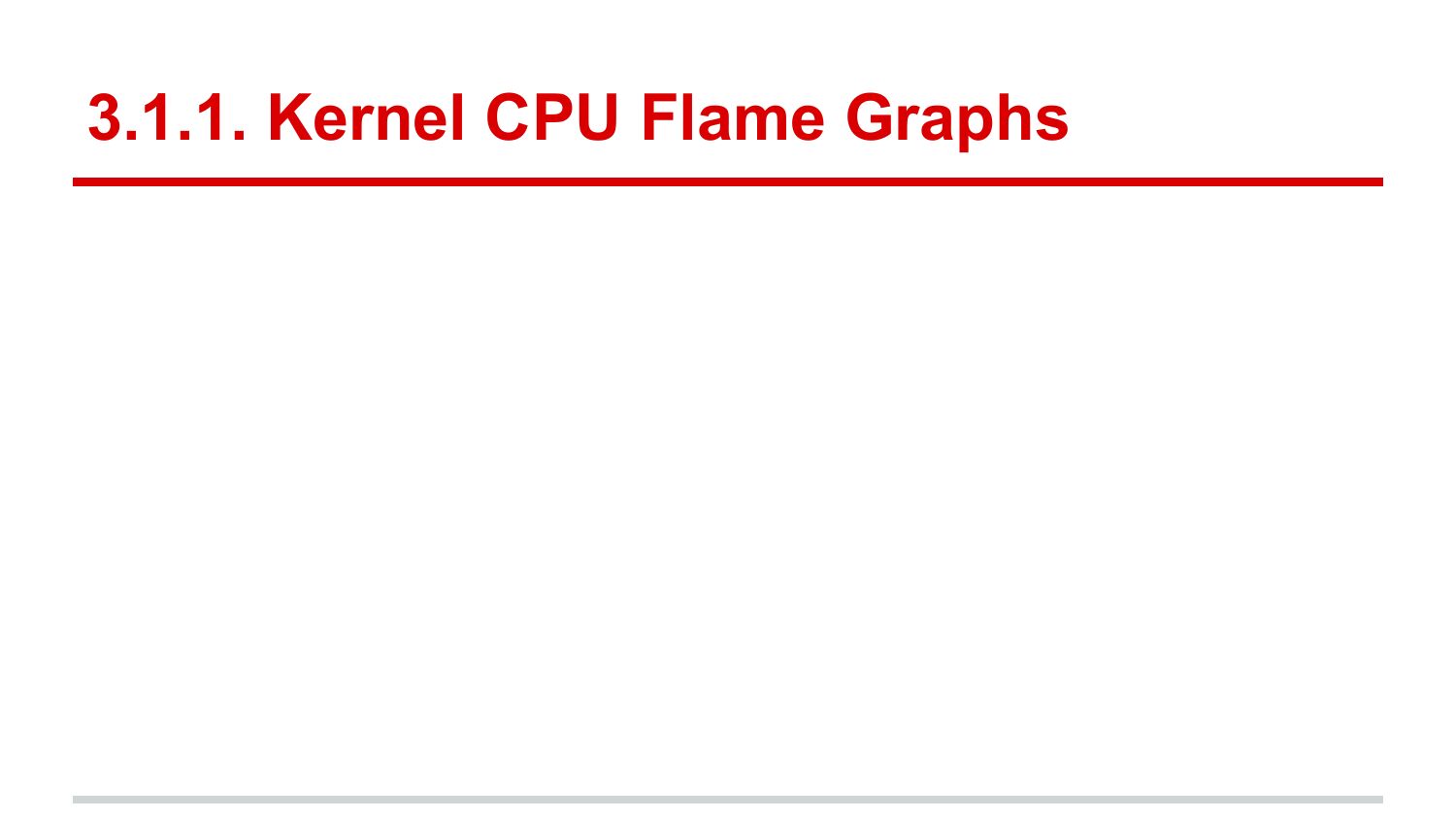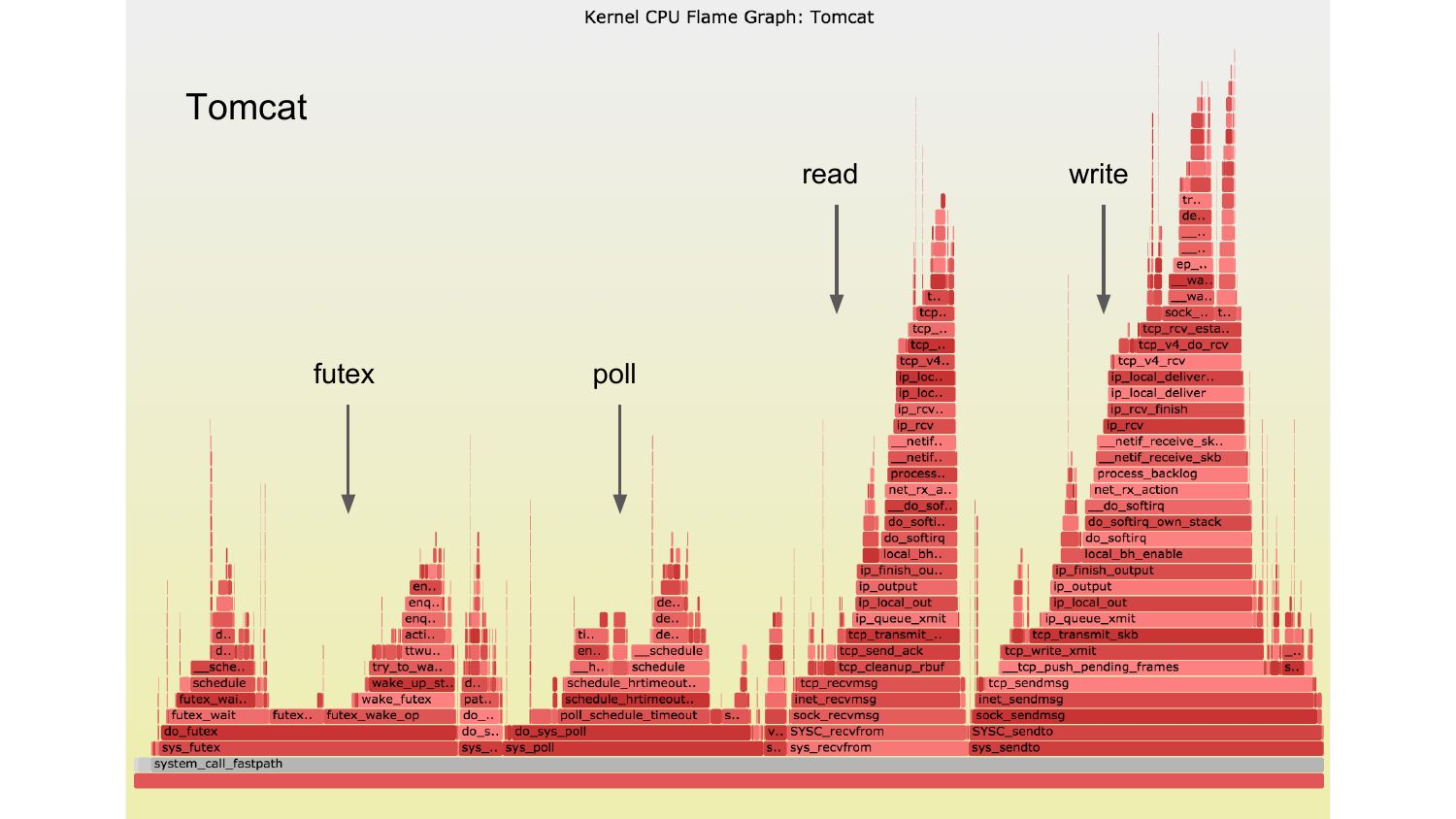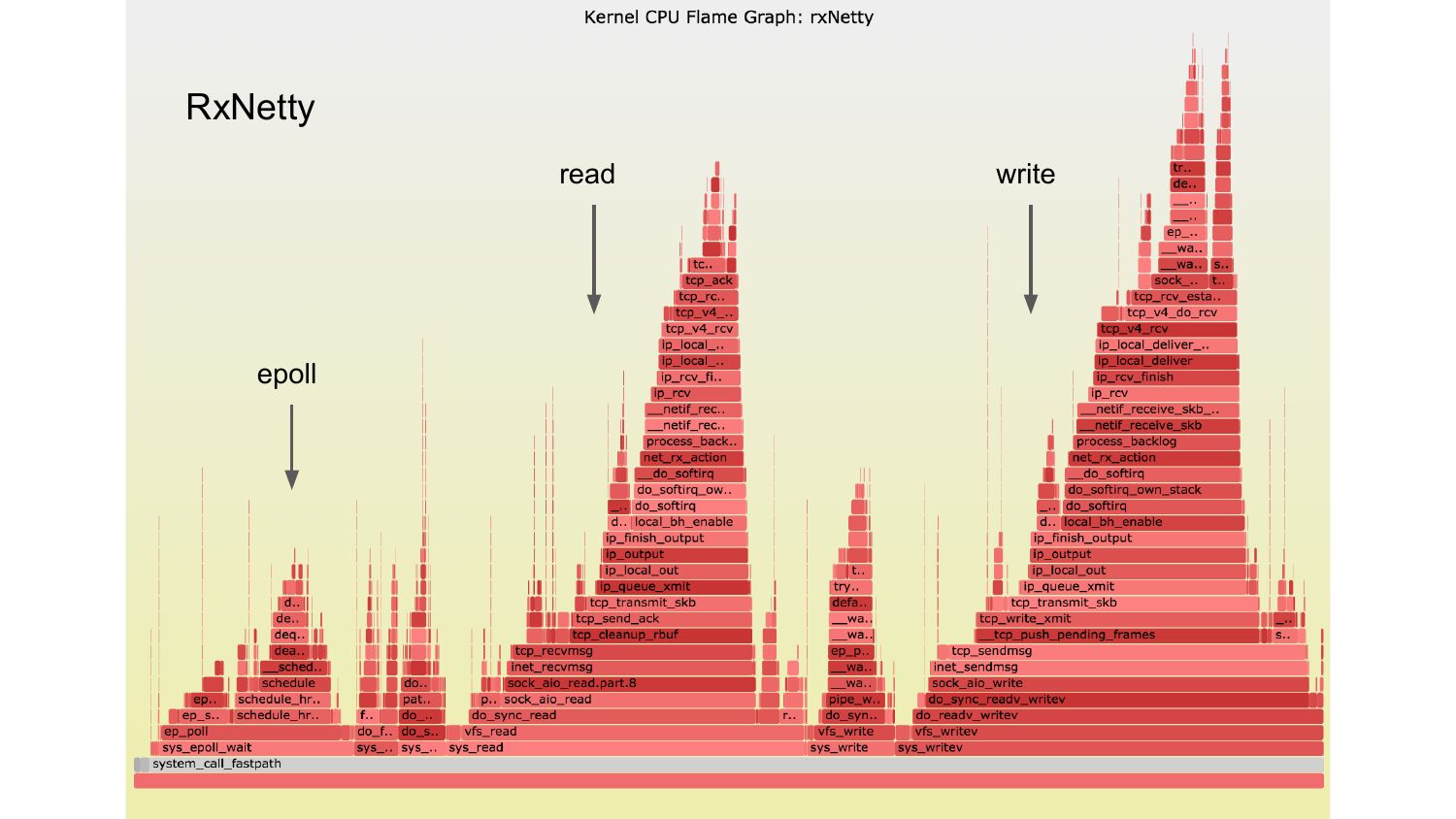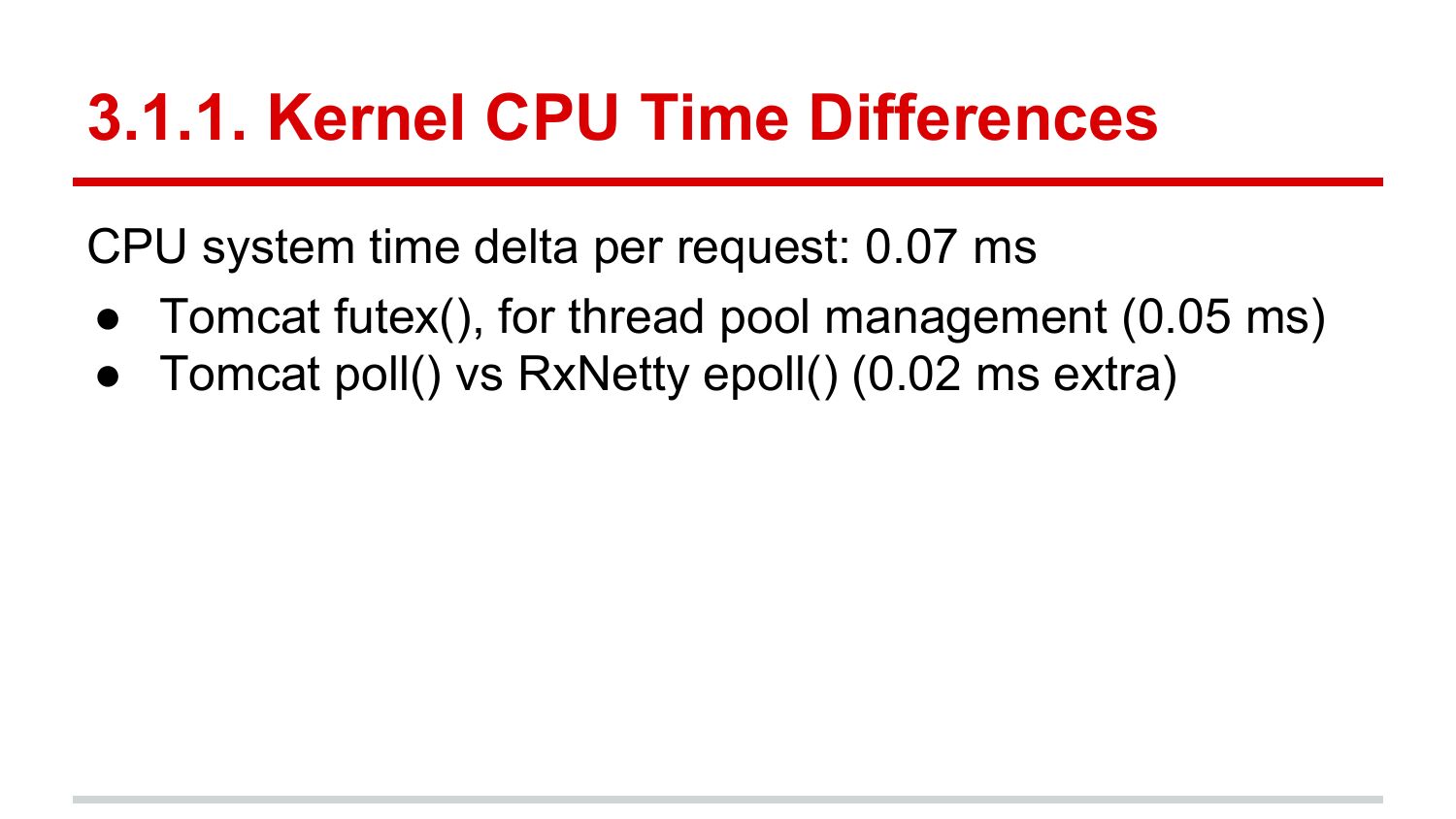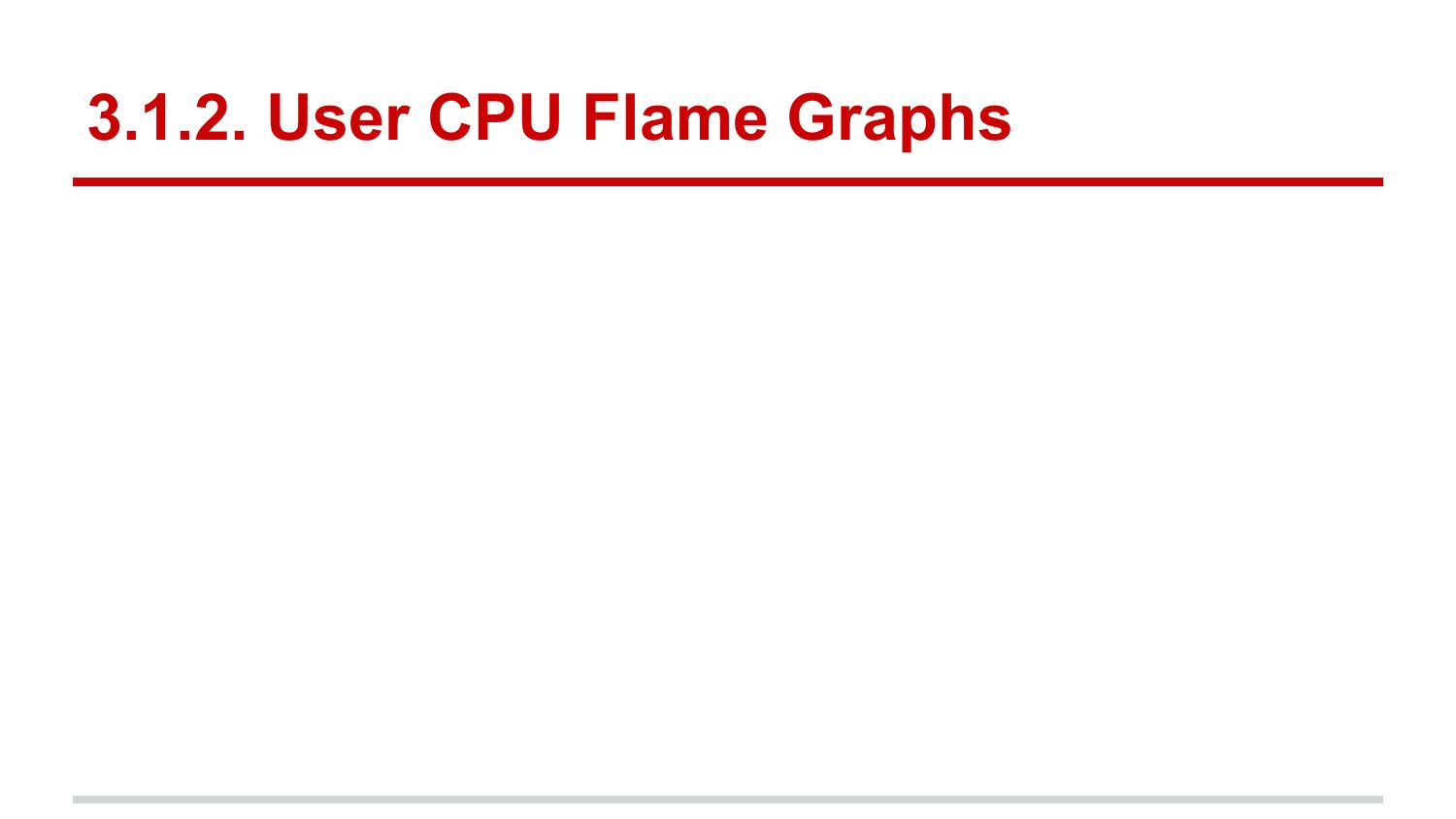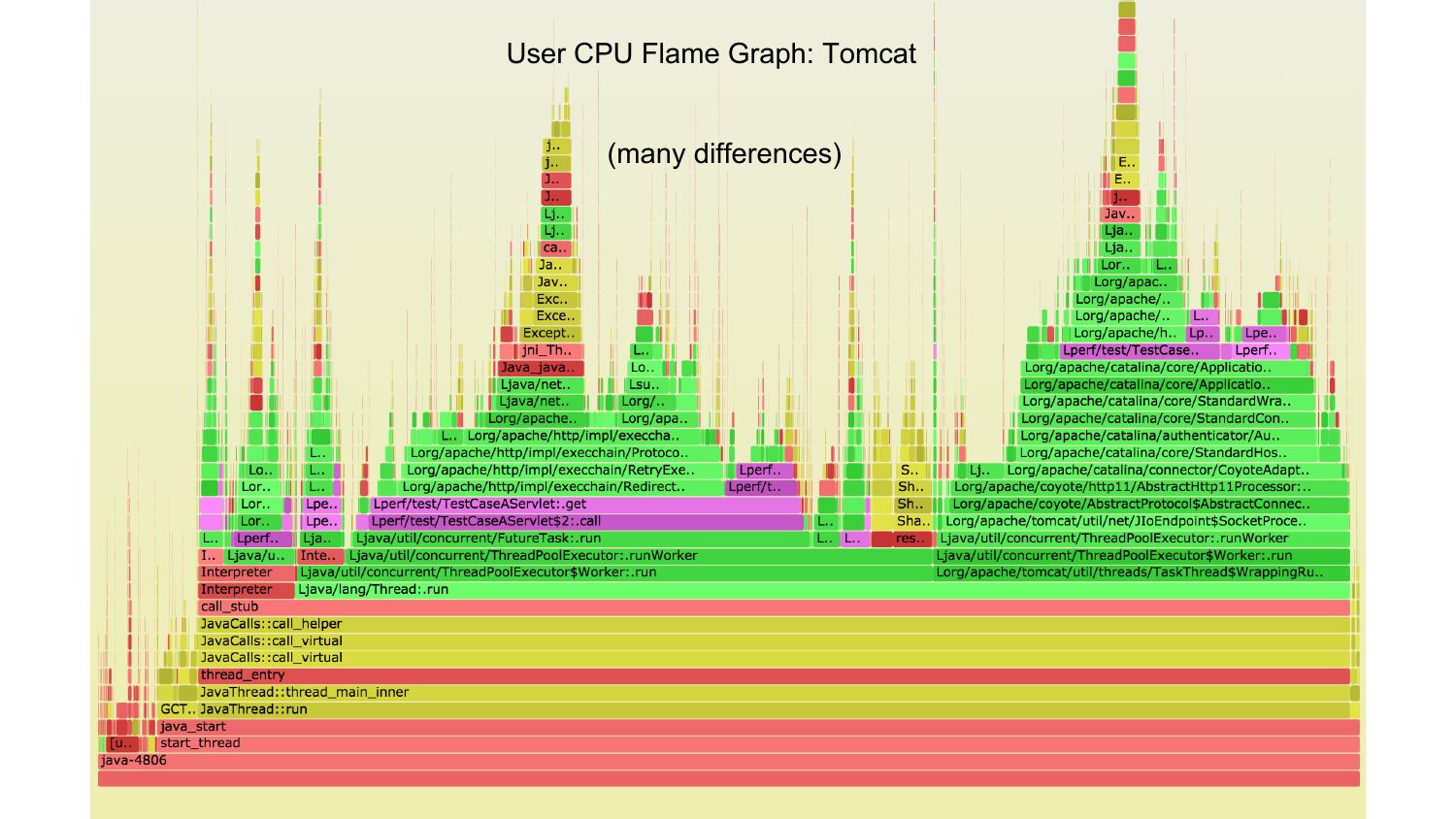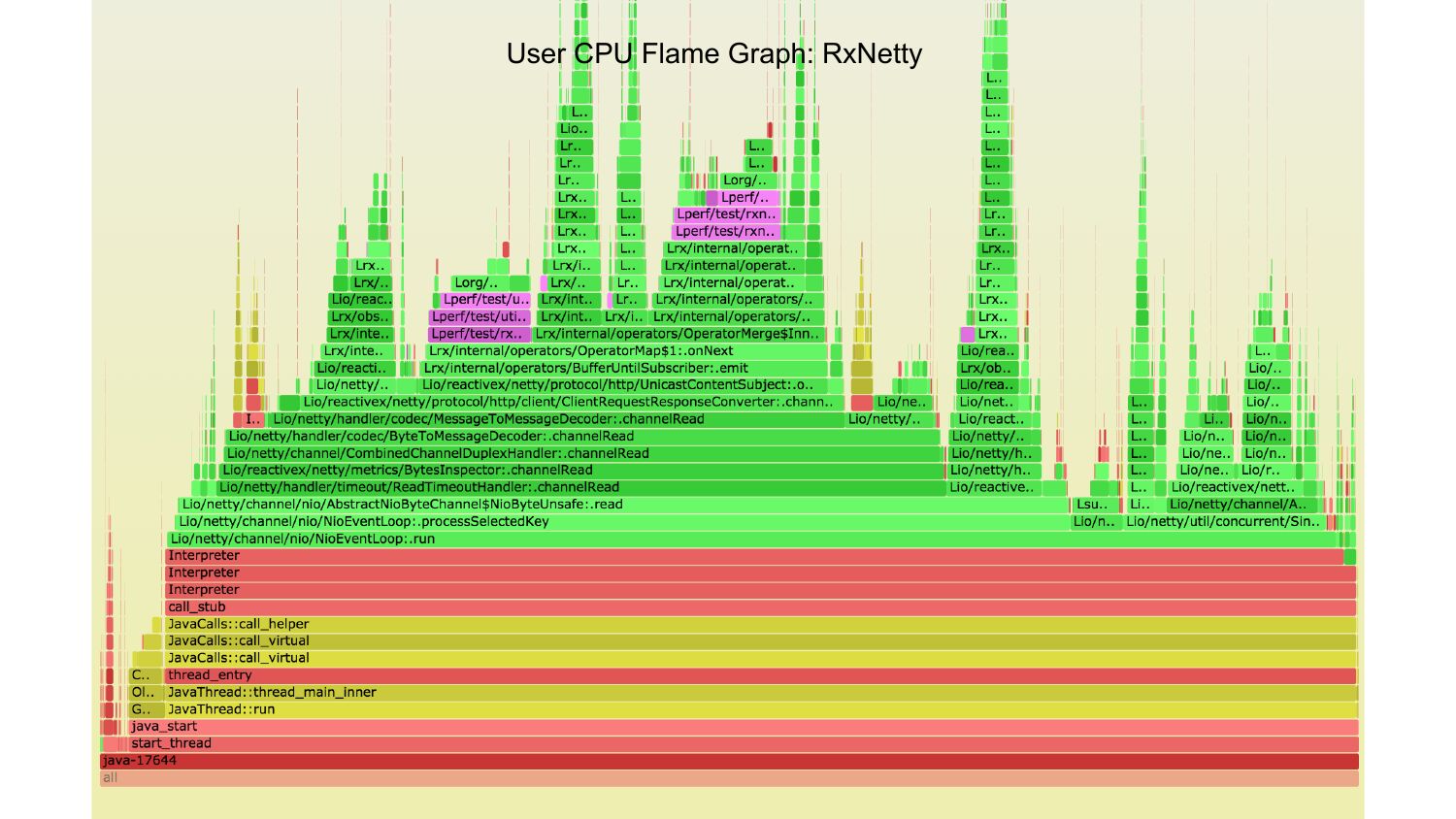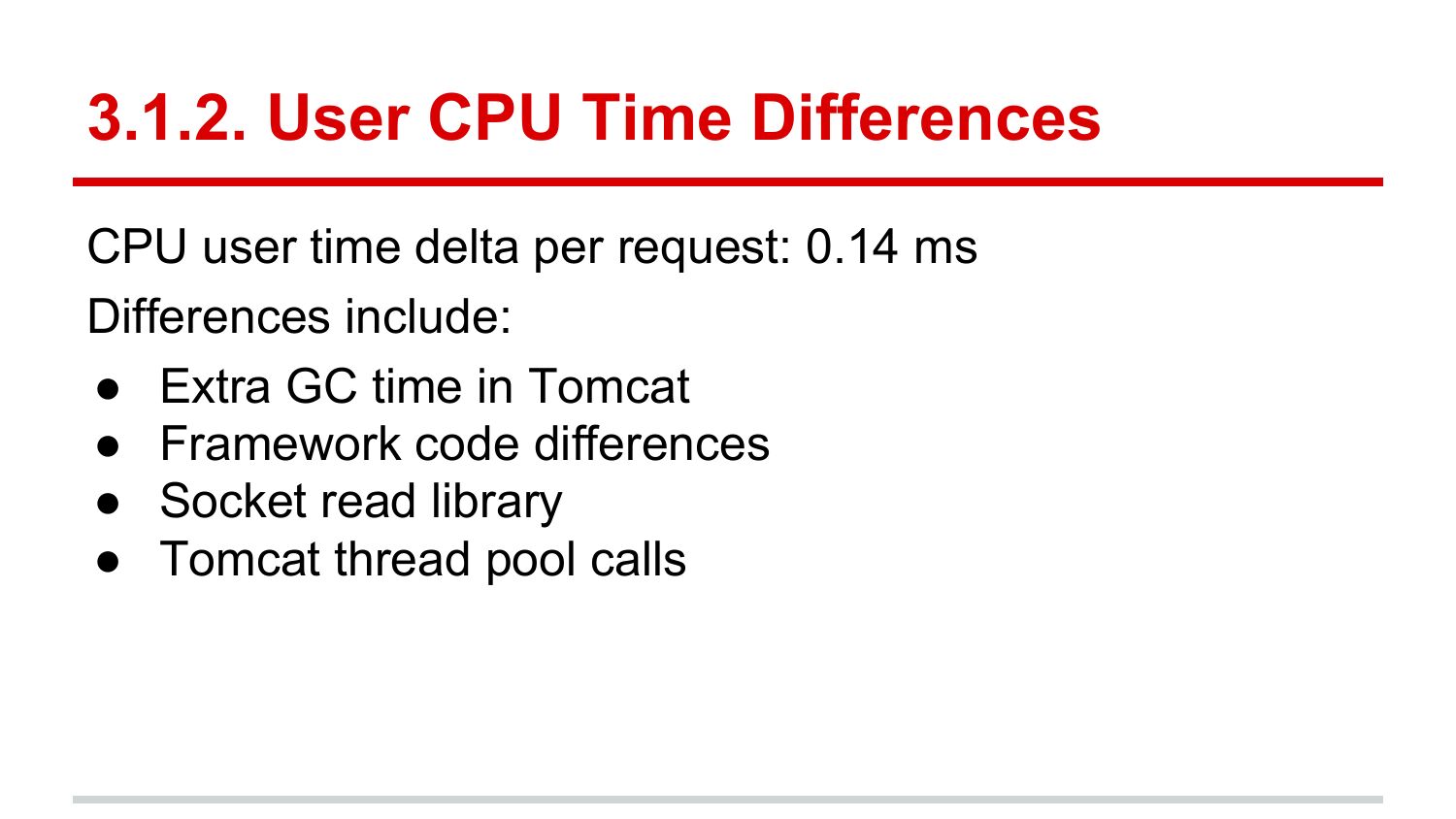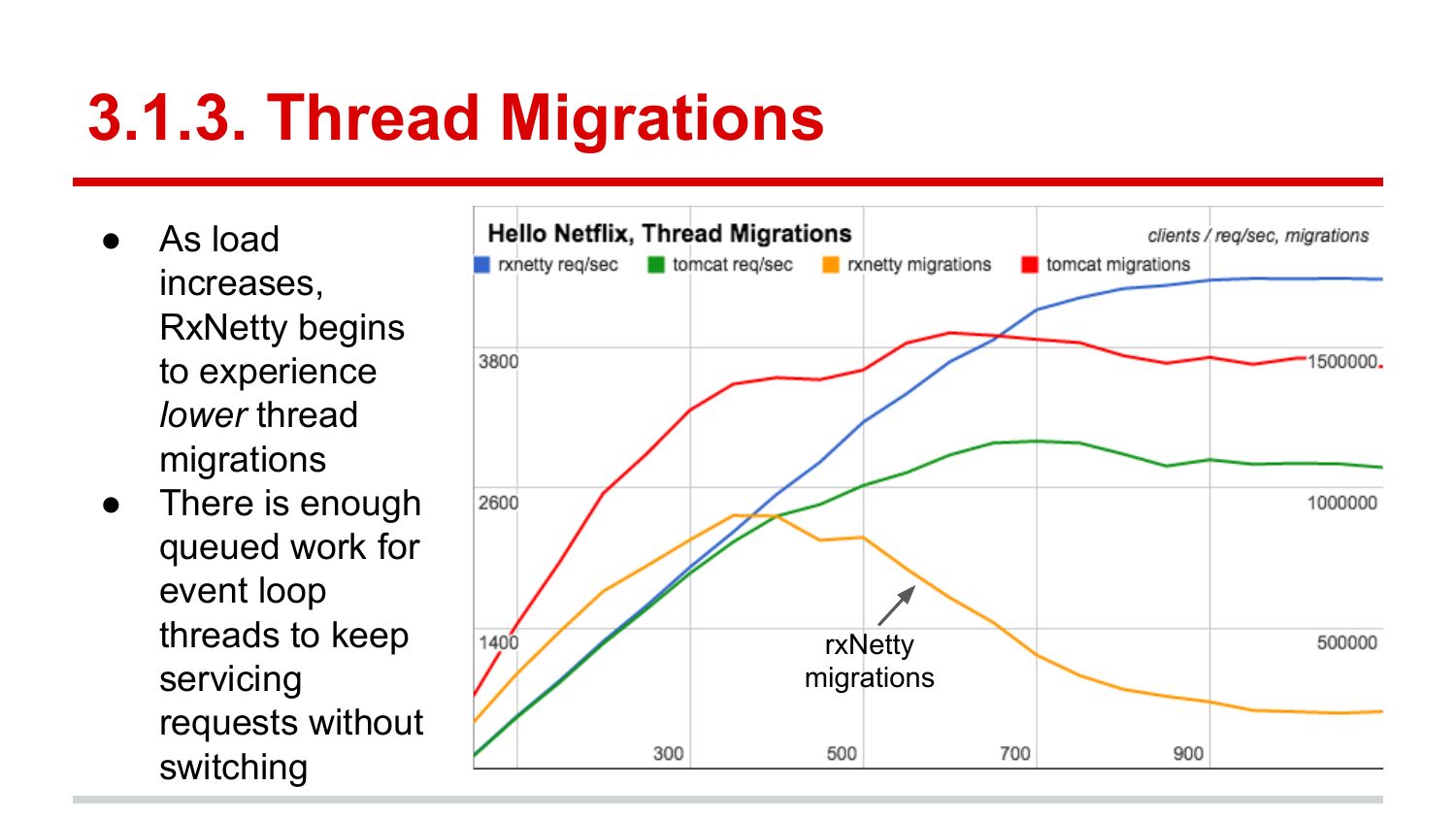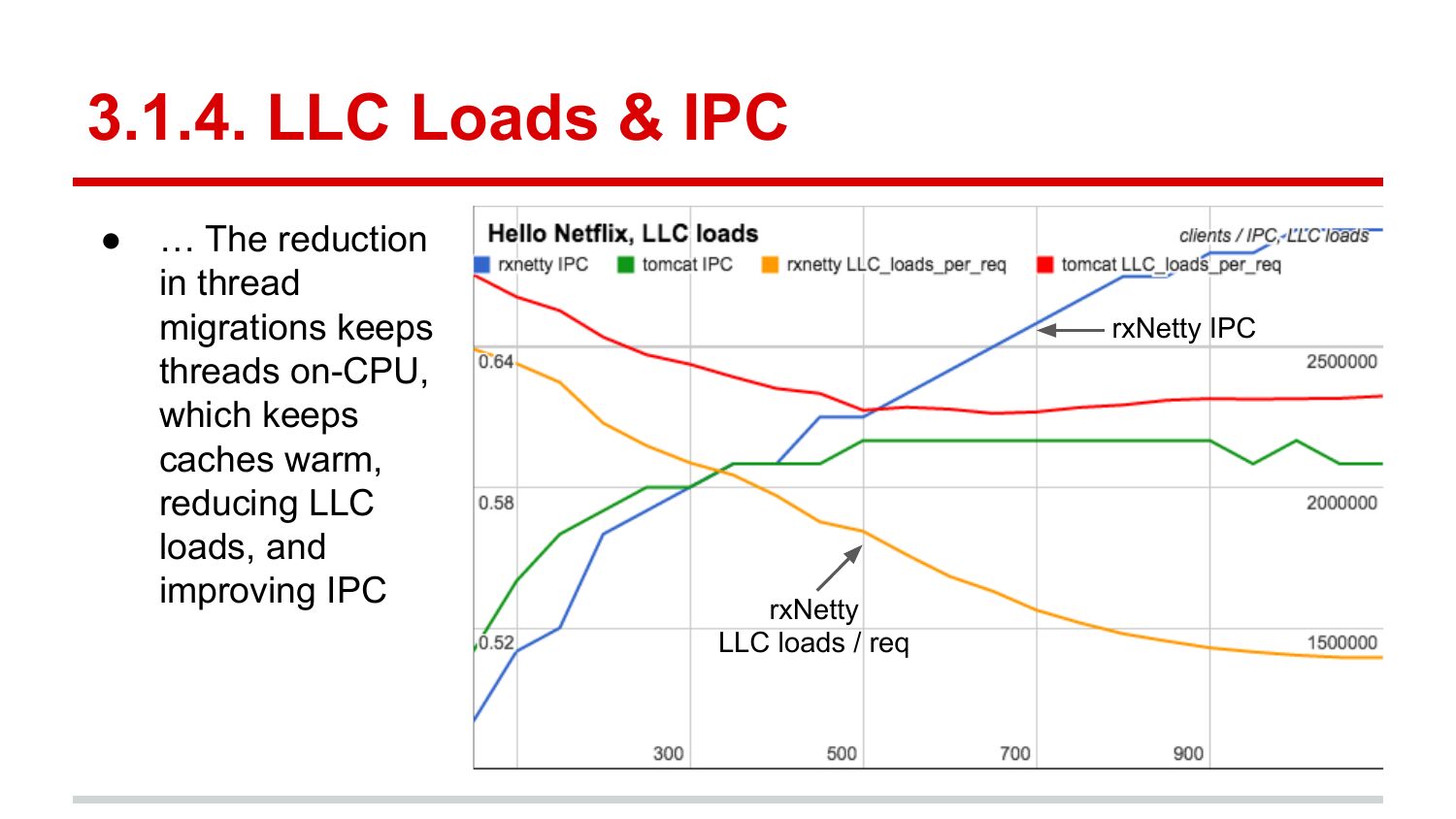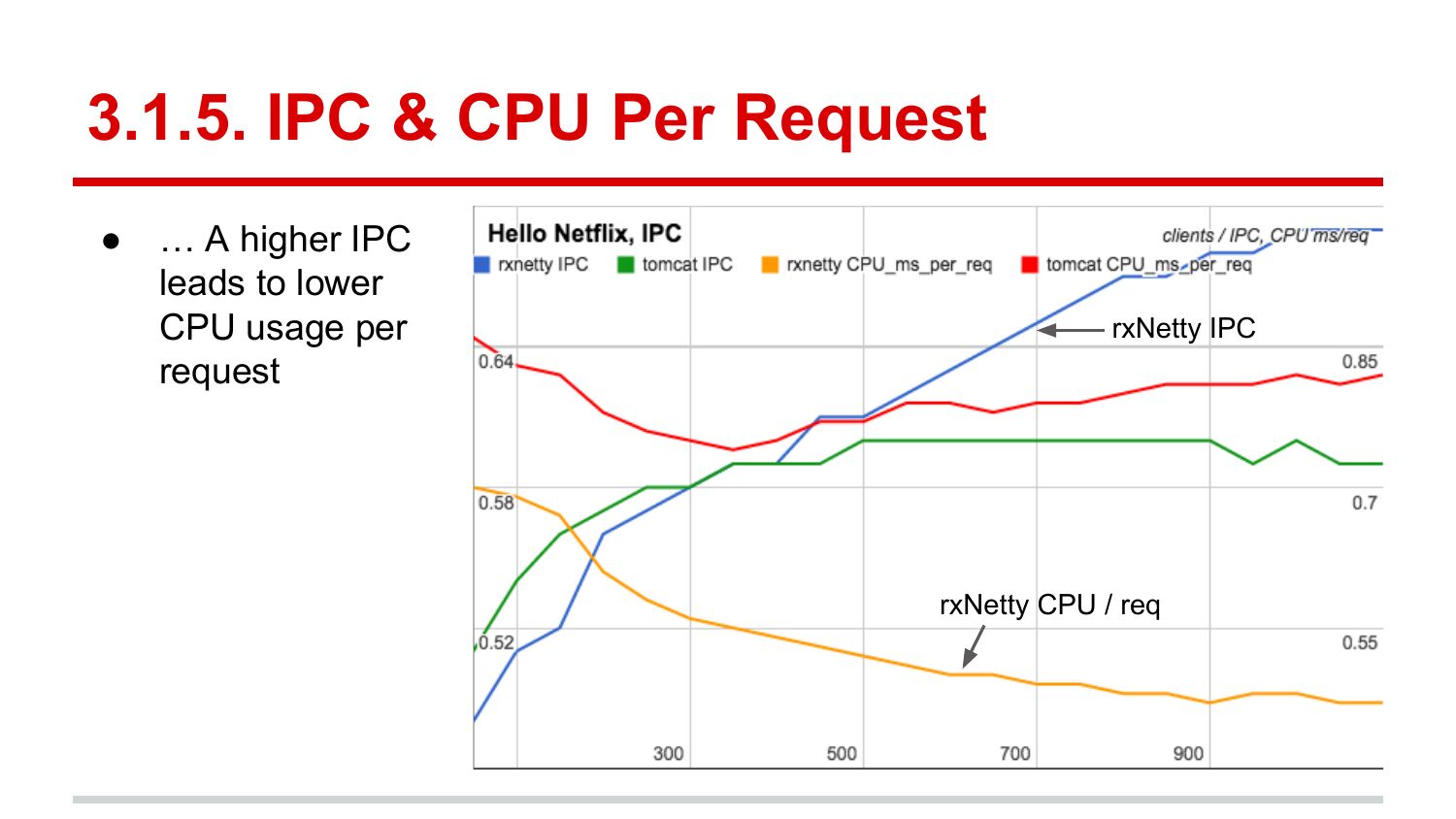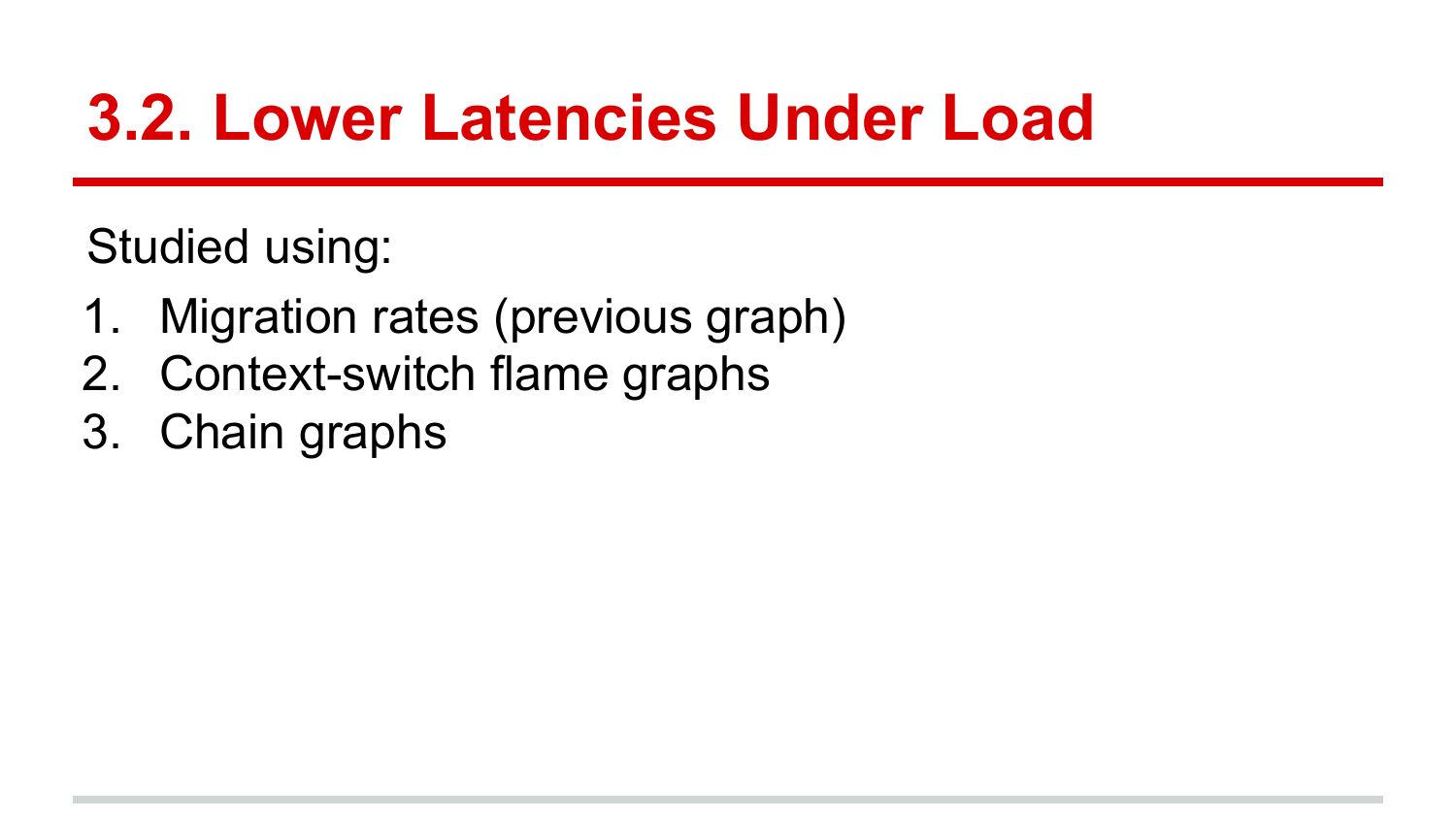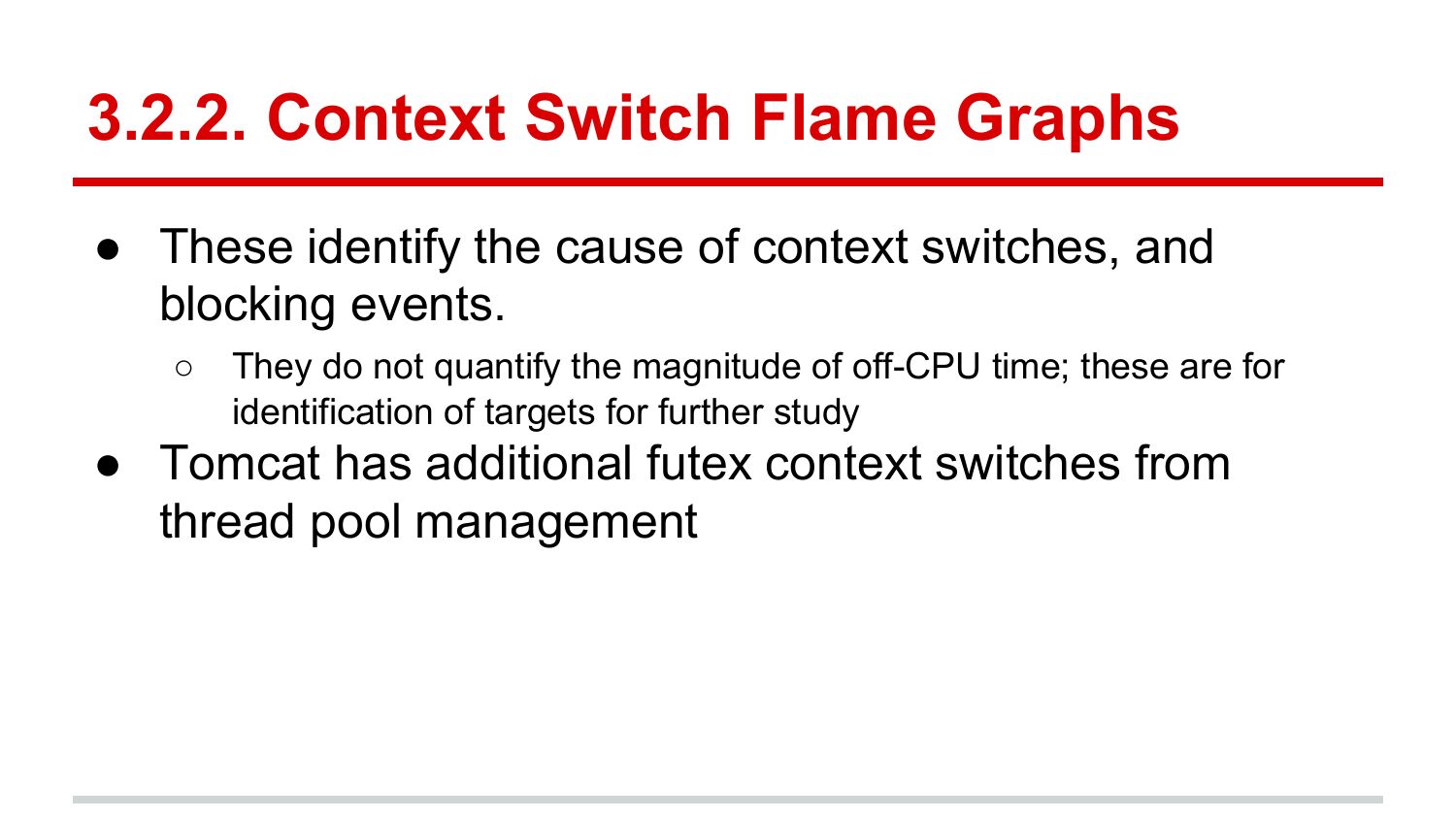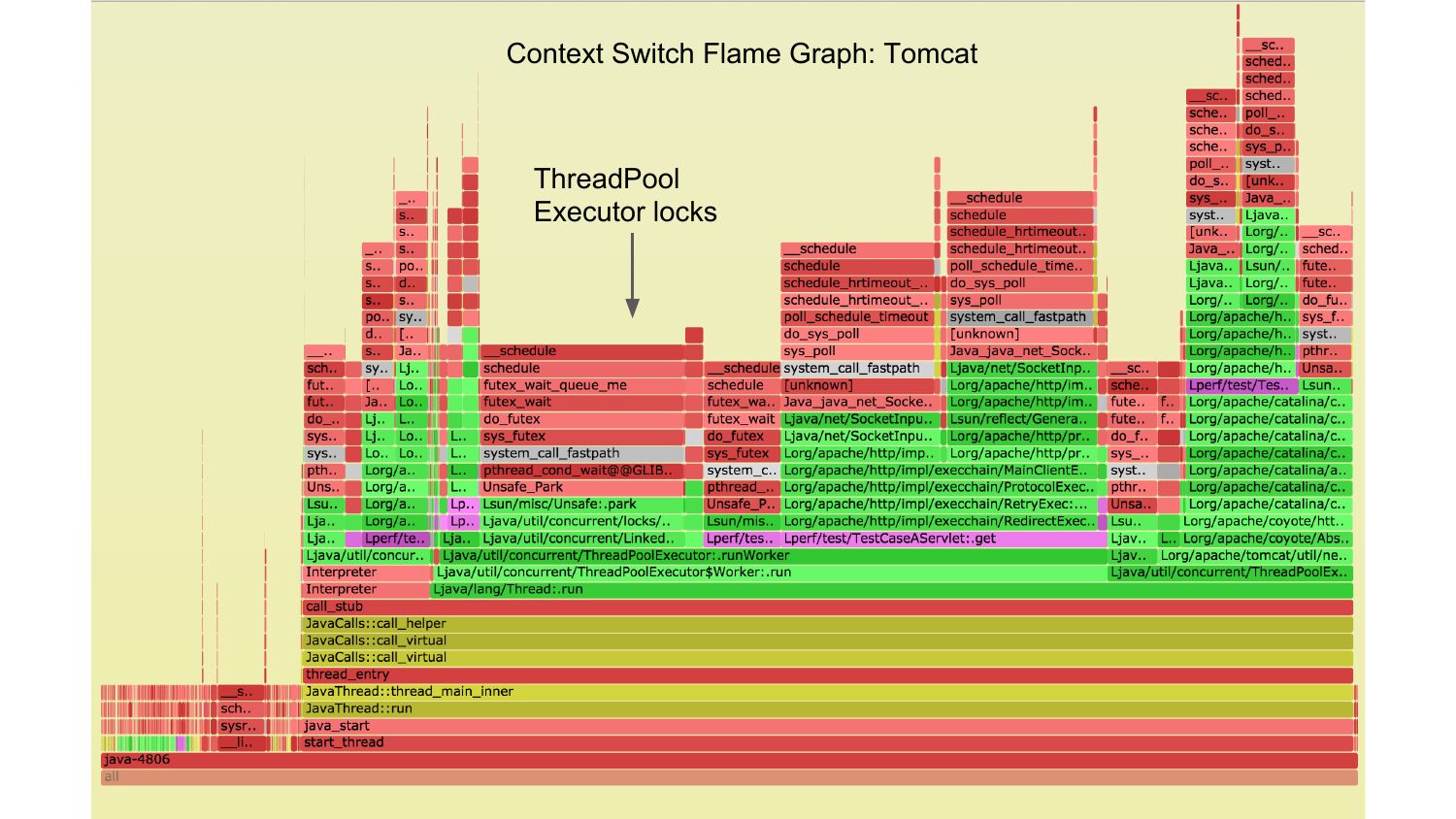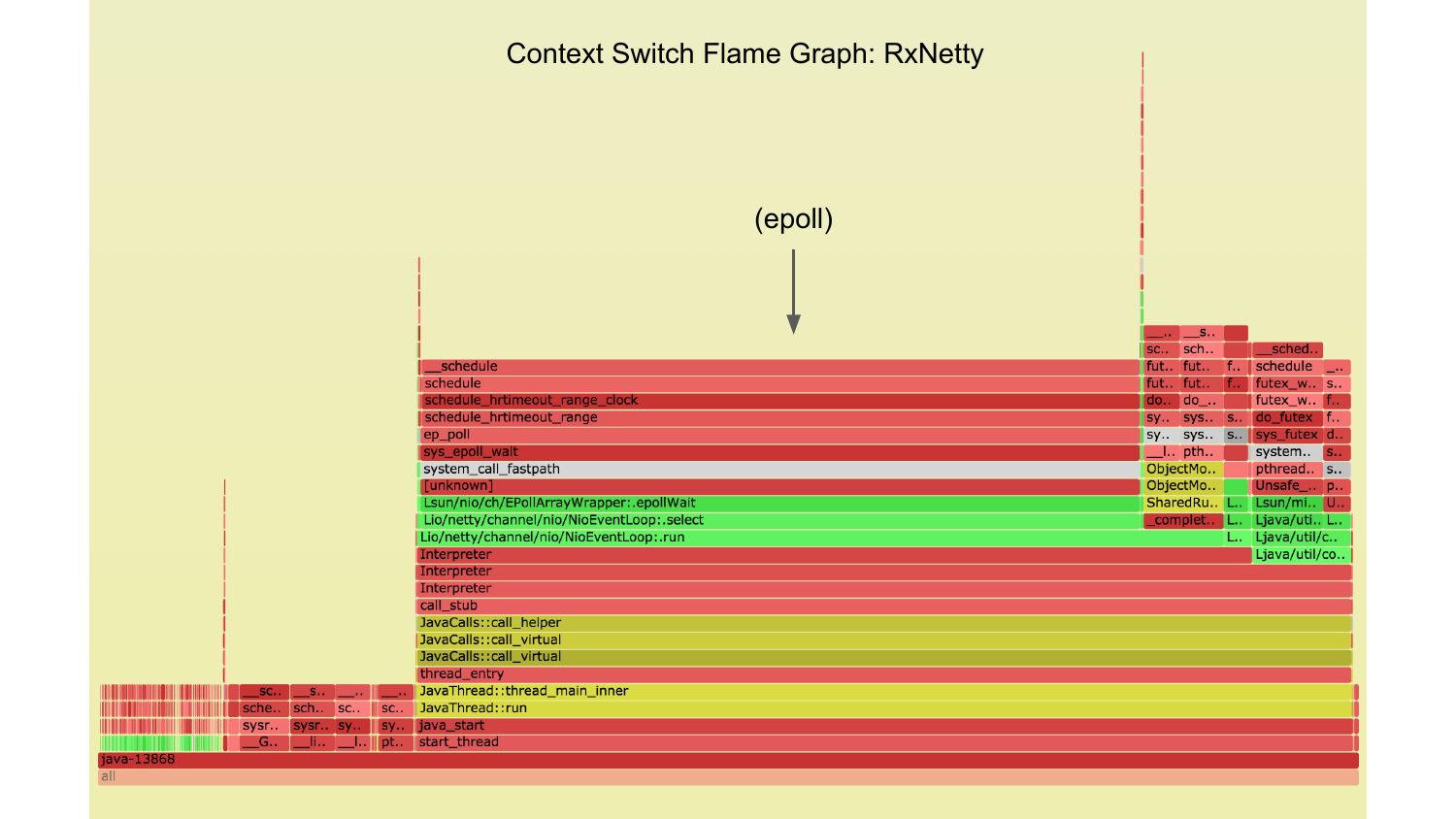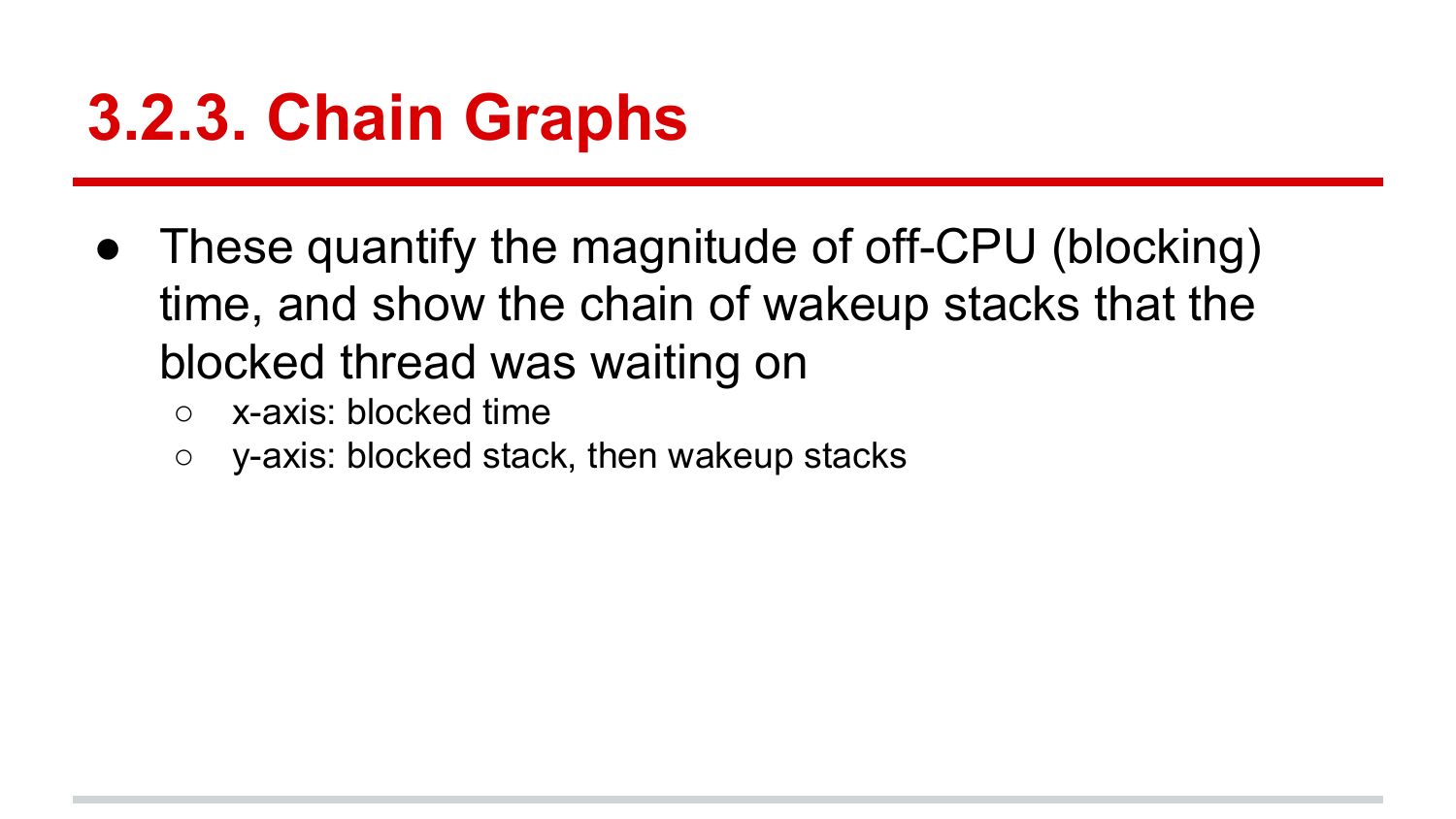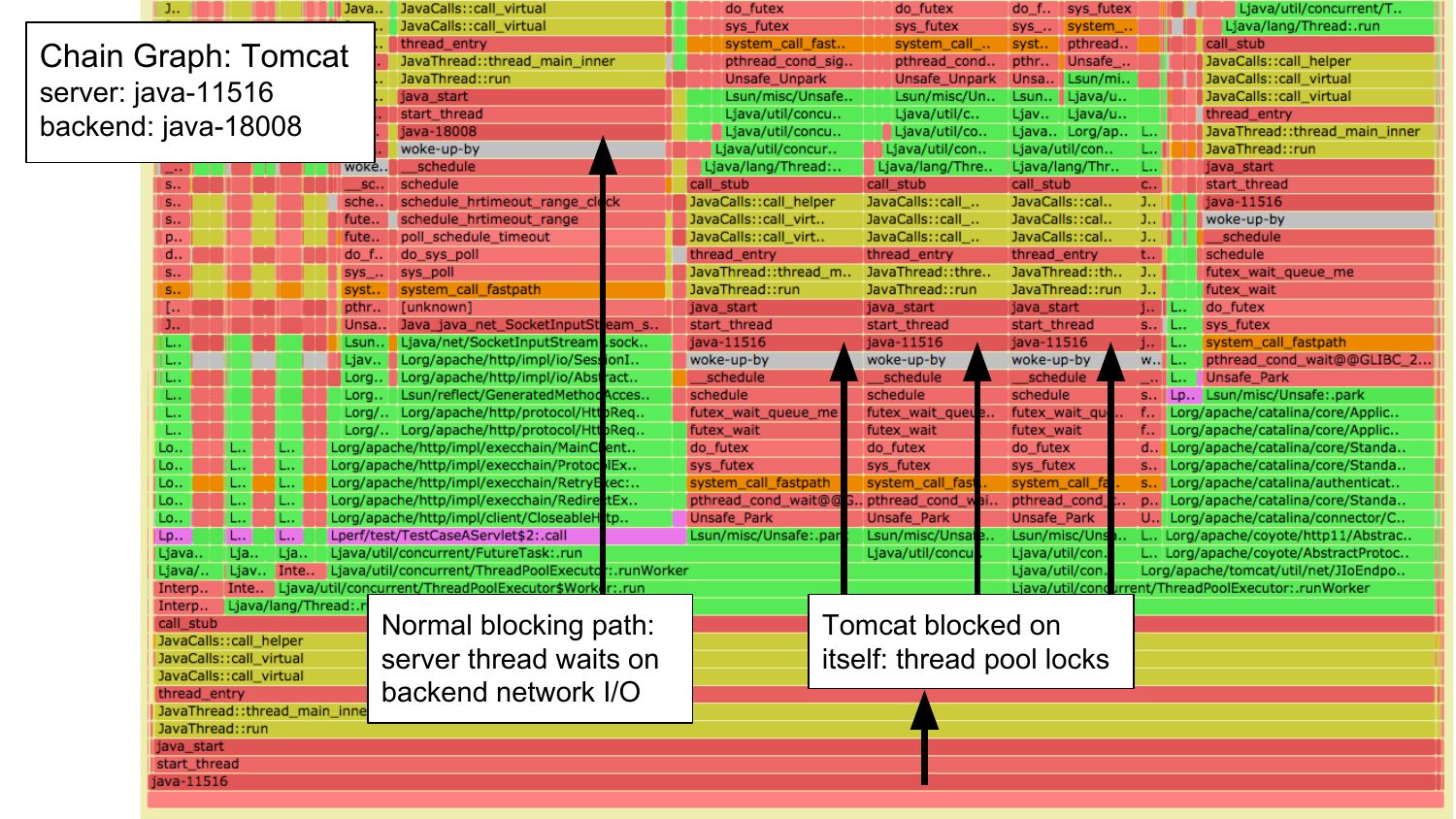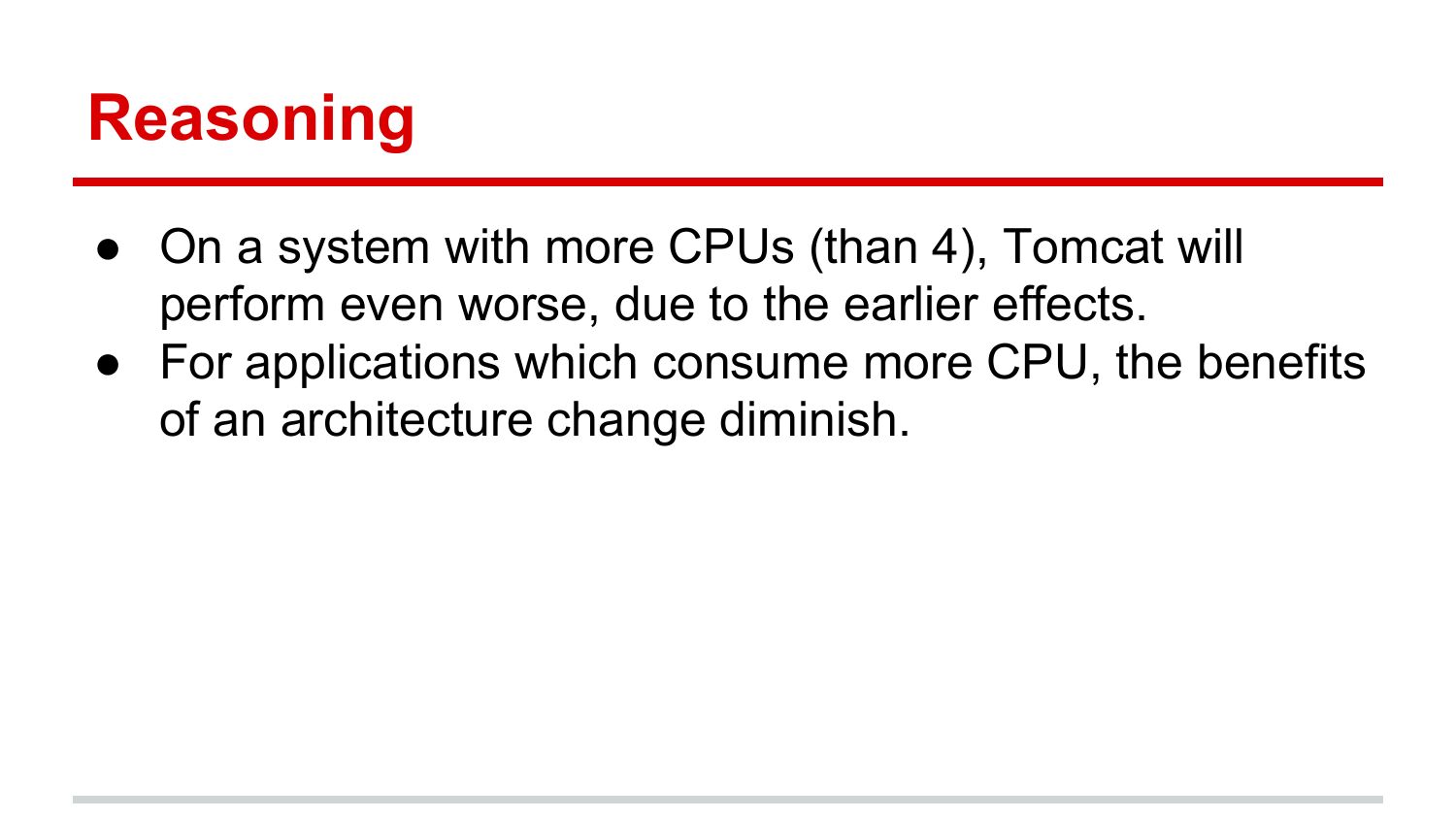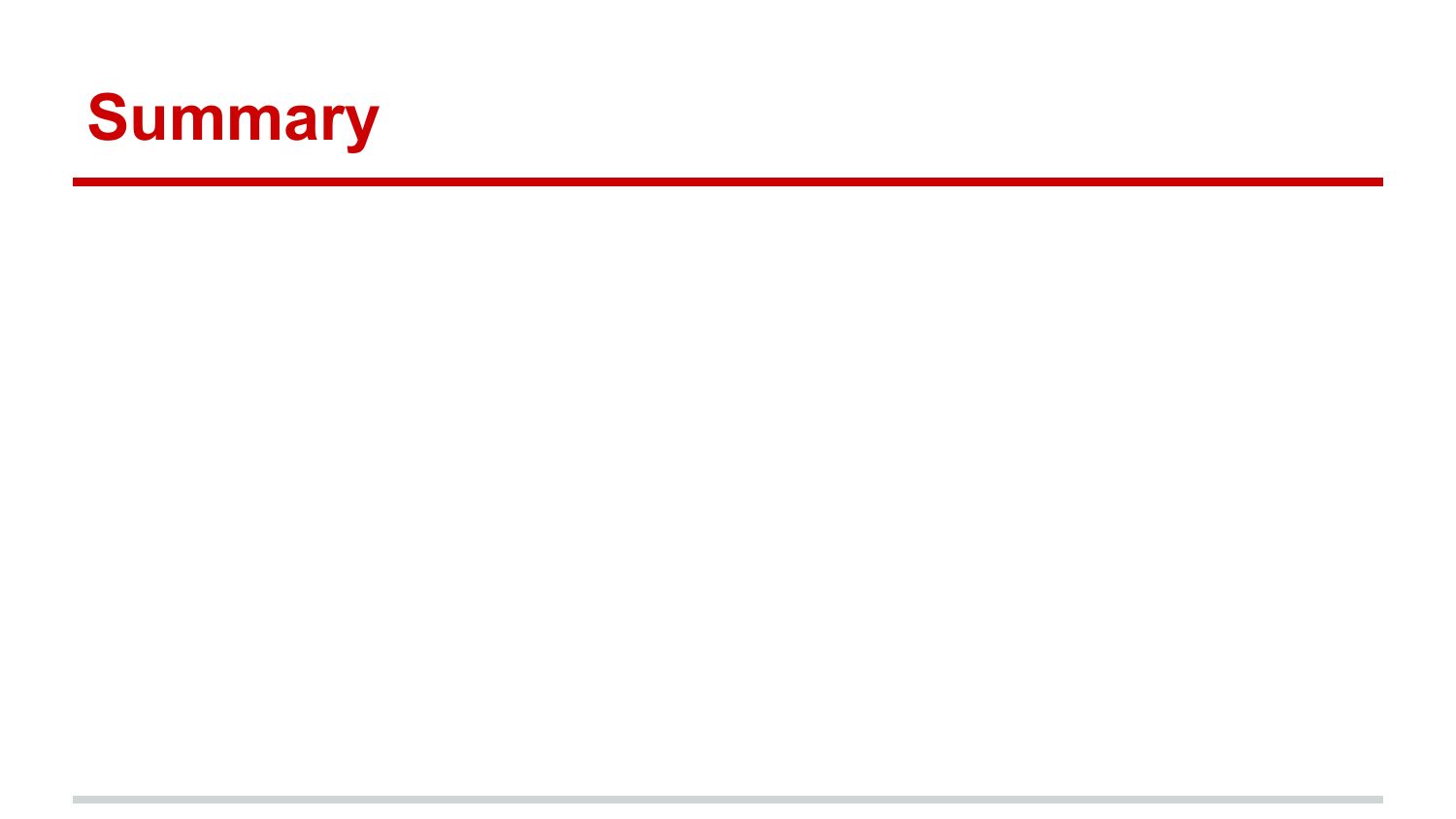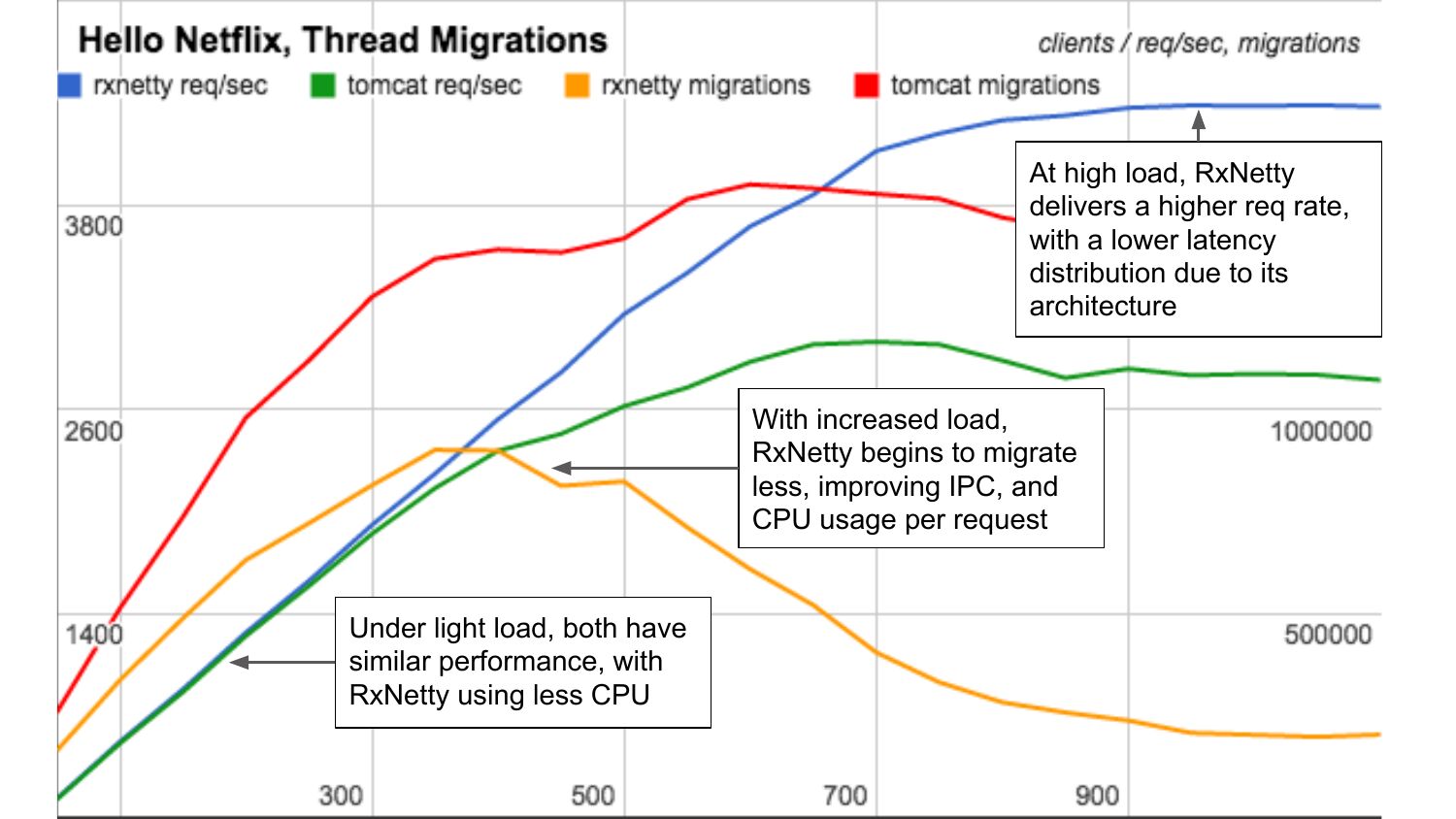Netflix Engineering: RxNetty vs Tomcat Performance Results
A 2015 performance study by Brendan Gregg, Nitesh Kant, and Ben Christensen. Original is in https://github.com/Netflix-Skunkworks/WSPerfLab/tree/master/test-results| next prev 1/36 | |
| next prev 2/36 | |
| next prev 3/36 | |
| next prev 4/36 | |
| next prev 5/36 | |
| next prev 6/36 | |
| next prev 7/36 | |
| next prev 8/36 | |
| next prev 9/36 | |
| next prev 10/36 | |
| next prev 11/36 | |
| next prev 12/36 | |
| next prev 13/36 | |
| next prev 14/36 | |
| next prev 15/36 | |
| next prev 16/36 | |
| next prev 17/36 | |
| next prev 18/36 | |
| next prev 19/36 | |
| next prev 20/36 | |
| next prev 21/36 | |
| next prev 22/36 | |
| next prev 23/36 | |
| next prev 24/36 | |
| next prev 25/36 | |
| next prev 26/36 | |
| next prev 27/36 | |
| next prev 28/36 | |
| next prev 29/36 | |
| next prev 30/36 | |
| next prev 31/36 | |
| next prev 32/36 | |
| next prev 33/36 | |
| next prev 34/36 | |
| next prev 35/36 | |
| next prev 36/36 |
PDF: RxNetty_vs_Tomcat_April2015.pdf
Keywords (from pdftotext):
slide 1:
RxNetty vs Tomcat Performance Results Brendan Gregg; Performance and Reliability Engineering Nitesh Kant, Ben Christensen; Edge Engineering updated: Apr 2015slide 2:
Results based on The “Hello Netflix” benchmark (wsperflab) Tomcat RxNetty physical PC Intel(R) Core(TM) i5-2400 CPU @ 3.10GHz: 4 cores, 1 thread per core ● OpenJDK 8 with frame pointer patch ● Plus testing in other environmentsslide 3:
Hello Netflixslide 4:
RxNetty vs Tomcat performance In a variety of tests, RxNetty has been faster than Tomcat. This study covers: 1. What specifically is faster? 2. By how much? 3. Why?slide 5:
1. What specifically is faster?slide 6:
1. What specifically is faster? ● CPU consumption per request RxNetty consumes less CPU than Tomcat This also means that a given server (with fixed CPU capacity) can deliver a higher maximum rate of requests per second ● Latency under load Under high load, RxNetty has a lower latency distribution than Tomcatslide 7:
2. By how much?slide 8:
2. By how much? The following 5 graphs show performance vs load (clients) 1. CPU consumption per request 2. CPU resource usage vs load 3. Request rate 4. Request average latency 5. Request maximum latency Bear in mind these results are for this environment, and this workloadslide 9:
2.1. CPU Consumption Per Request RxNetty has generally lower CPU consumption per request (over 40% lower) RxNetty keeps getting faster under load, whereas Tomcat keeps getting slowerslide 10:
2.2. CPU Resource Usage vs Load Load testing drove the server’s CPUs to near 100% for both frameworksslide 11:
2.3. Request Rate RxNetty achieved a 46% higher request rate This is mostly due to the lower CPU consumption per requestslide 12:
2.4. Request Average Latency Average latency increases past the req/sec knee point (when CPU begins to be saturated) RxNetty’s latency breakdown happens with much higher loadslide 13:
2.5. Request Maximum Latency The degradation in maximum latency for Tomcat is much more severeslide 14:
3. Why?slide 15:
3. Why? 1. CPU consumption per request RxNetty is lower due to its framework code and lower object allocation rate, which in turn reduces GC overheads RxNetty also trends lower due to its event loop architecture, which reduces thread migrations under load, which improves CPU cache warmth and memory locality, which improves CPU Instructions Per Cycle (IPC), which lowers CPU cycle consumption per request 2. Lower latencies under load Tomcat has higher latencies under load due to its thread pool architecture, which involves thread pool locks (and lock contention) and thread migrations to service loadslide 16:
3.1. CPU Consumption Per Request Studied using: 1. Kernel CPU flame graphs 2. User CPU flame graphs 3. Migration rates 4. Last Level Cache (LLC) Loads & IPC 5. IPC & CPU per requestslide 17:
3.1.1. Kernel CPU Flame Graphsslide 18:
Tomcat read futex poll writeslide 19:
RxNetty read epoll writeslide 20:
3.1.1. Kernel CPU Time Differences CPU system time delta per request: 0.07 ms ● Tomcat futex(), for thread pool management (0.05 ms) ● Tomcat poll() vs RxNetty epoll() (0.02 ms extra)slide 21:
3.1.2. User CPU Flame Graphsslide 22:
User CPU Flame Graph: Tomcat (many differences)slide 23:
User CPU Flame Graph: RxNettyslide 24:
3.1.2. User CPU Time Differences CPU user time delta per request: 0.14 ms Differences include: ● Extra GC time in Tomcat ● Framework code differences ● Socket read library ● Tomcat thread pool callsslide 25:
3.1.3. Thread Migrations As load increases, RxNetty begins to experience lower thread migrations There is enough queued work for event loop threads to keep servicing requests without switching rxNetty migrationsslide 26:
3.1.4. LLC Loads & IPC … The reduction in thread migrations keeps threads on-CPU, which keeps caches warm, reducing LLC loads, and improving IPC rxNetty IPC rxNetty LLC loads / reqslide 27:
3.1.5. IPC & CPU Per Request … A higher IPC leads to lower CPU usage per request rxNetty IPC rxNetty CPU / reqslide 28:
3.2. Lower Latencies Under Load Studied using: 1. Migration rates (previous graph) 2. Context-switch flame graphs 3. Chain graphsslide 29:
3.2.2. Context Switch Flame Graphs ● These identify the cause of context switches, and blocking events. They do not quantify the magnitude of off-CPU time; these are for identification of targets for further study ● Tomcat has additional futex context switches from thread pool managementslide 30:
Context Switch Flame Graph: Tomcat ThreadPool Executor locksslide 31:
Context Switch Flame Graph: RxNetty (epoll)slide 32:
3.2.3. Chain Graphs ● These quantify the magnitude of off-CPU (blocking) time, and show the chain of wakeup stacks that the blocked thread was waiting on x-axis: blocked time y-axis: blocked stack, then wakeup stacksslide 33:
Chain Graph: Tomcat Chain Graph: Tomcat server: java-11516 backend: java-18008 XXX Normal blocking path: server thread waits on backend network I/O Tomcat blocked on itself: thread pool locksslide 34:
Reasoning ● On a system with more CPUs (than 4), Tomcat will perform even worse, due to the earlier effects. ● For applications which consume more CPU, the benefits of an architecture change diminish.slide 35:
Summaryslide 36:
At high load, RxNetty delivers a higher req rate, with a lower latency distribution due to its architecture With increased load, RxNetty begins to migrate less, improving IPC, and CPU usage per request Under light load, both have similar performance, with RxNetty using less CPU


